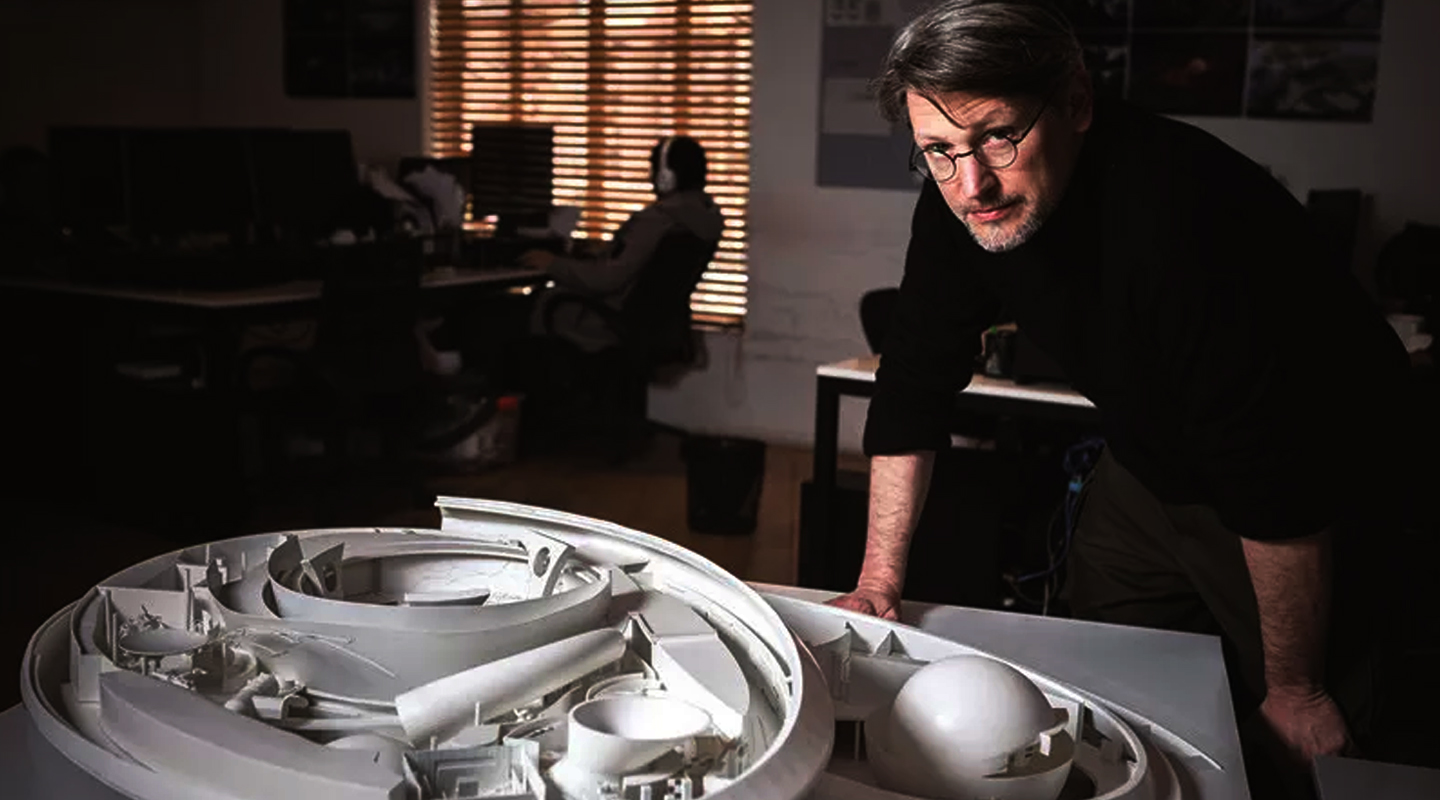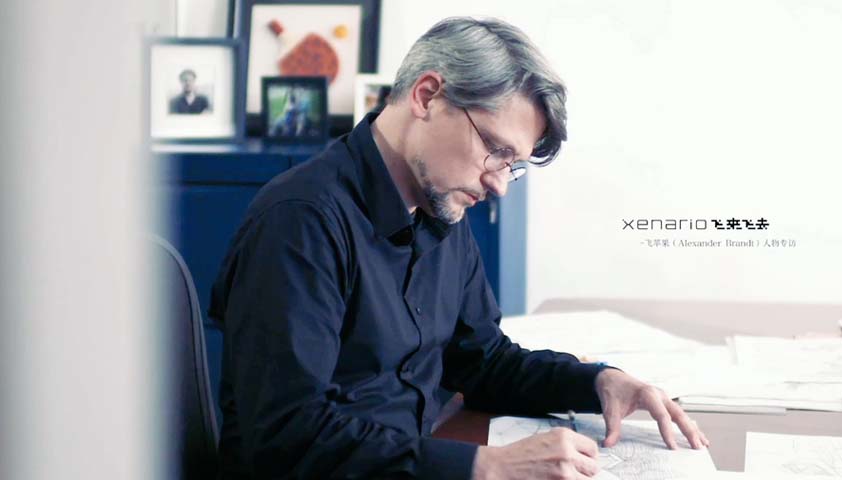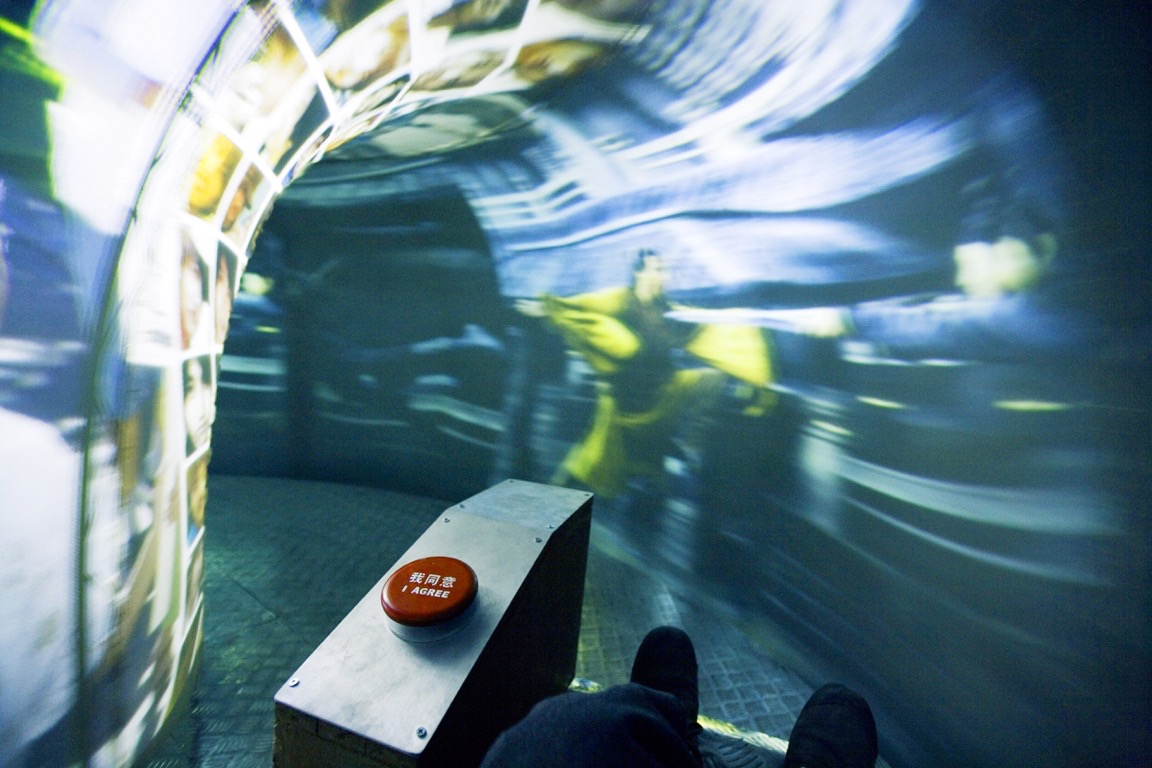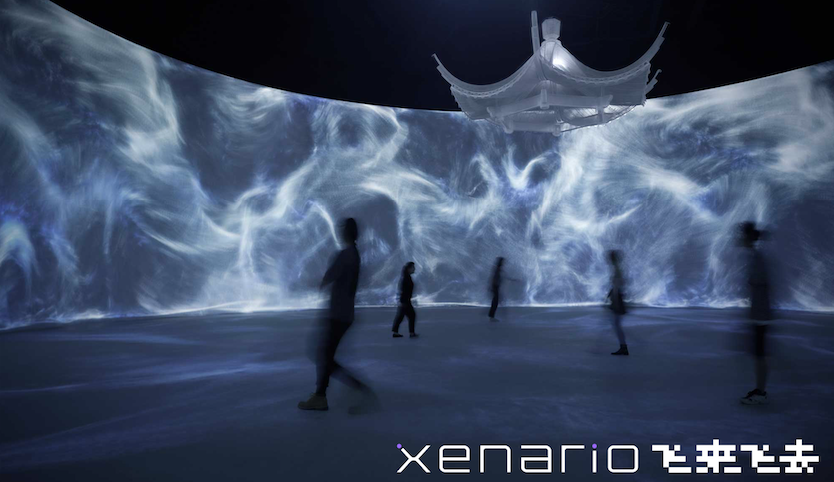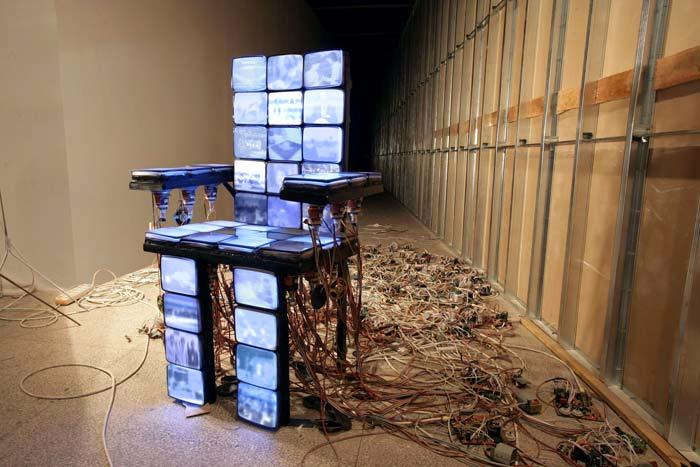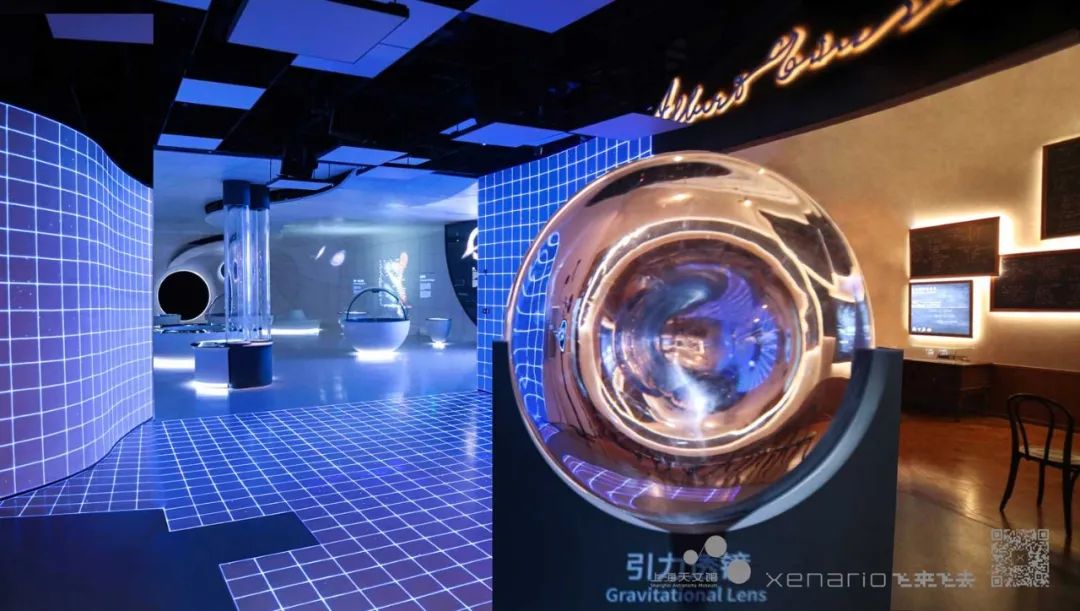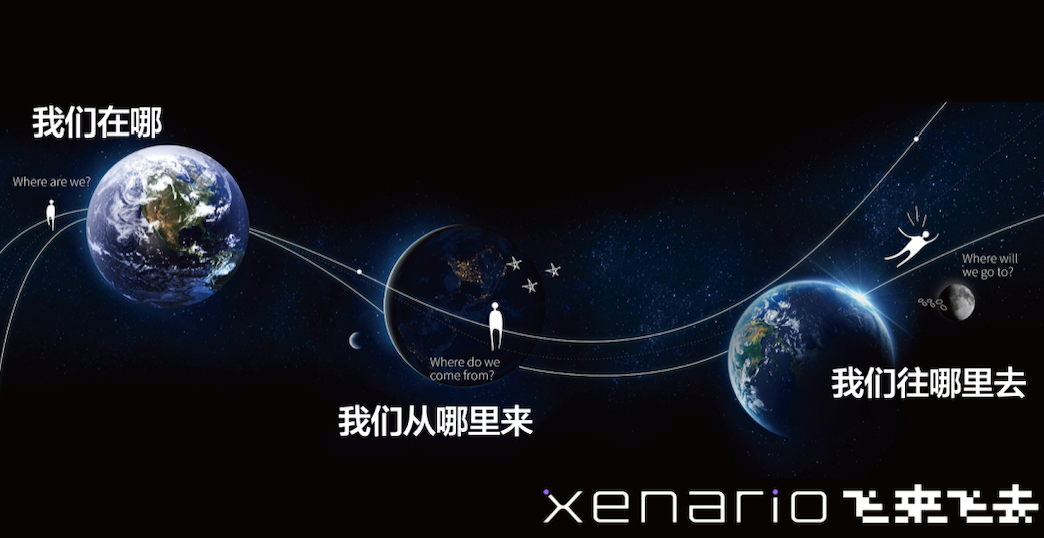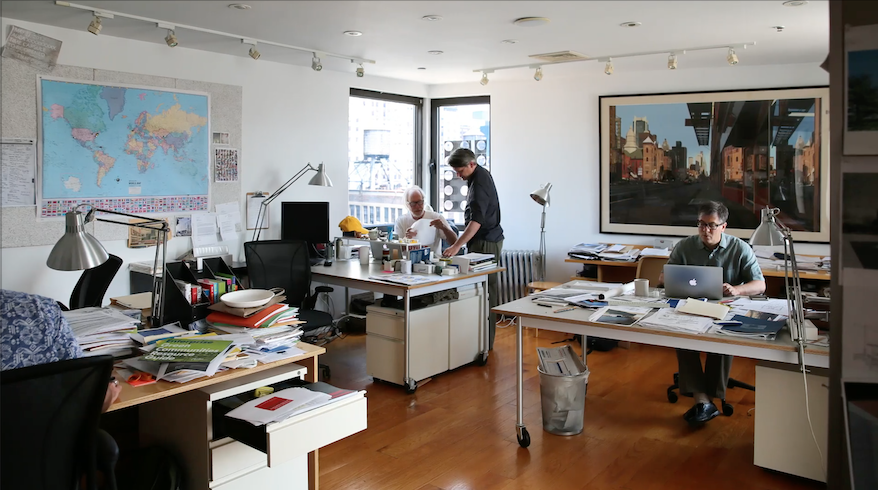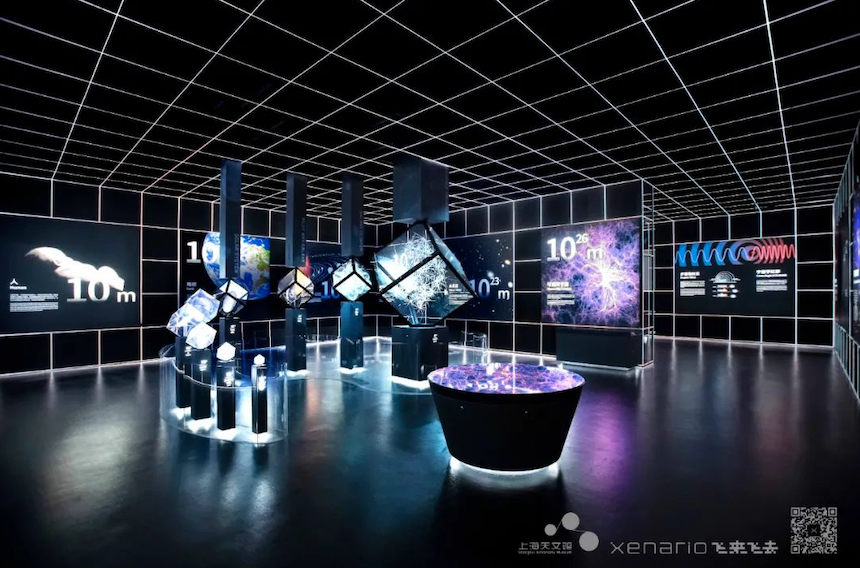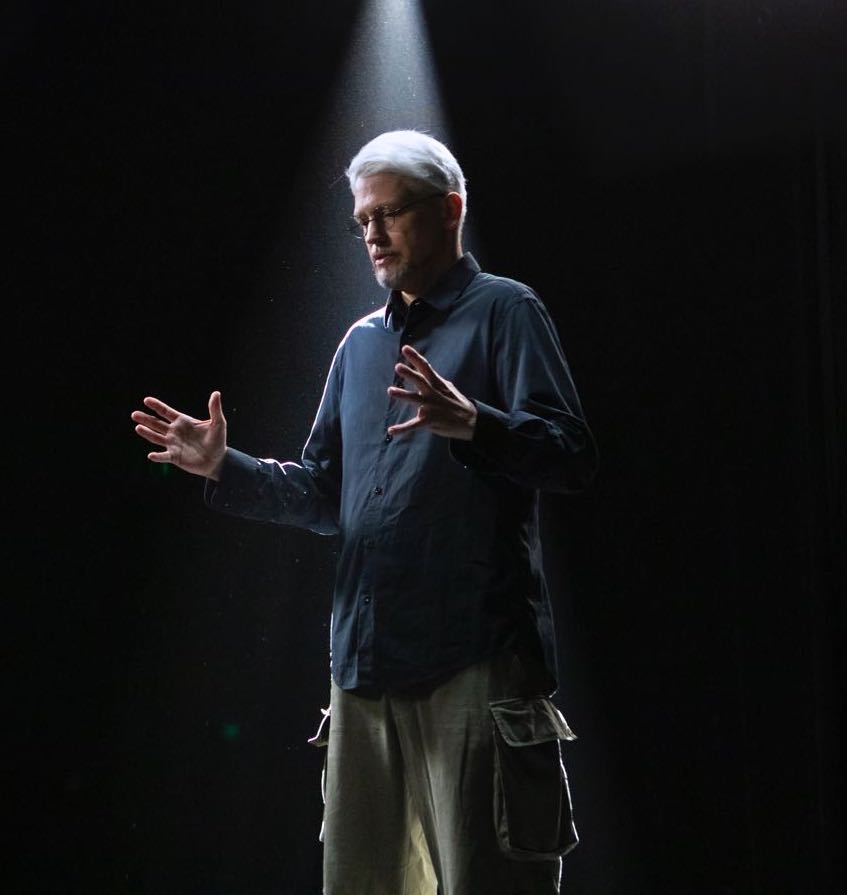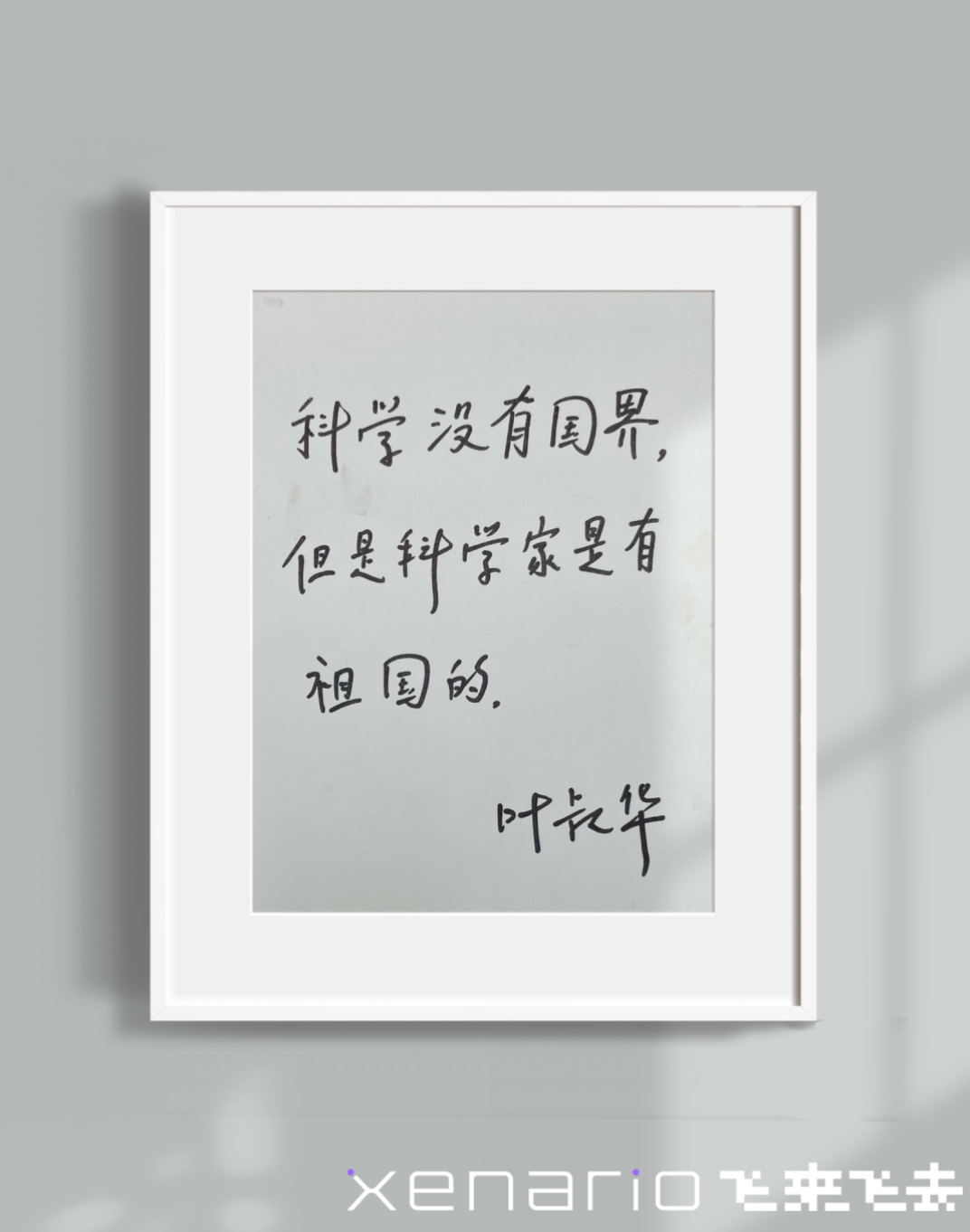The world's largest astronomy museum, the Shanghai Astronomy Museum, which cost $600 million and was featured on CCTV, has been open for a few months now and is still hard to find.
While visitors are in awe after visiting, few people know that the entire immersive experience of the pavilion was created by a local Chinese design team, Xenario, who spent 10 years from idea to final opening, fitting the vast universe into it carefully refining every detail to create the immersive experience that shocks the crowd today.
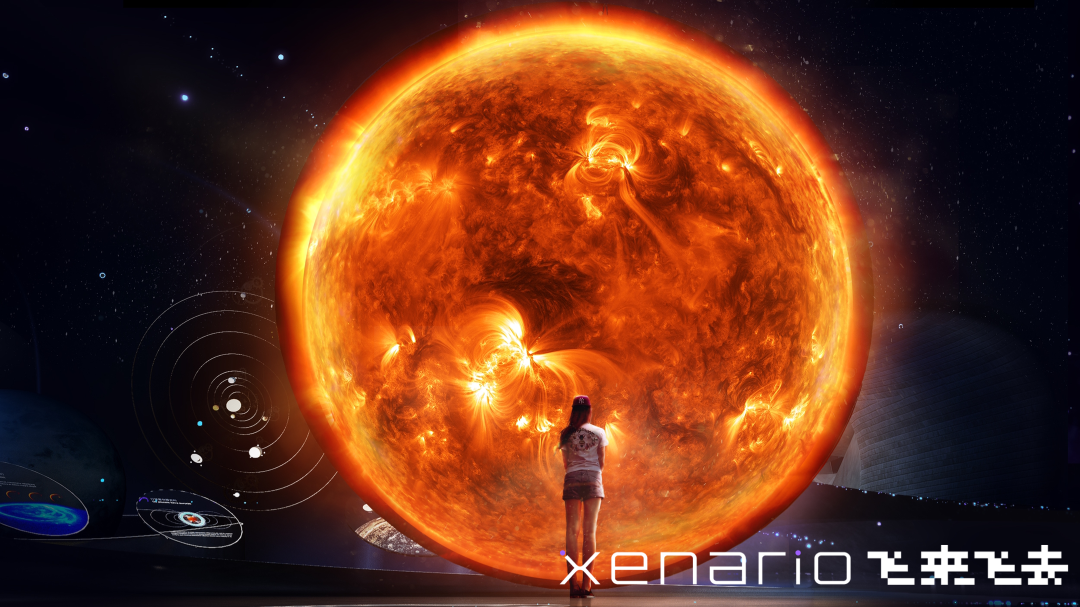
Last month we met Xenario founder Alexander Brandt, a German who has been in China for 26 years, and he told us in fluent Chinese: "Confucius is the biggest process builder in China". Employees comment that he is almost authentically Chinese. He is an encyclopedia full of philosophical poetry. The meticulousness in rationality and the romance in sensibility coexist in him, and he flexibly switches between macroscopic scale and subtle perspective to tell us the story of the Shanghai Planetarium and the creative methodology.
"When we won the bid for the Shanghai Planetarium, the whole company was crying. We tried very hard to change the prejudice about whether domestic companies are capable of undertaking important projects, and although I am a foreigner, this is an achievement of a Chinese team and a recognition of local creativity".
Here is Alexander Brandt in his own words
Q: A German, why did you come to China?
A: I often say to my team that if I started this company today, I would probably not be successful. Today's competitive environment is too fierce, and without capital, qualifications, and case accumulation it would be very difficult. Back then this industry was a blue ocean. What is an exhibition? No one had a clear concept. At that time, Shanghai was very much like the American West. There were no too many rules and frameworks, and it was very fun. I came to China directly after graduating from France, originally to devote myself to art work, and then slowly changed my expectations.
What was left in the art industry was aimed at the high-end consumer, and we wanted to leave it to more people. The Chinese art market is becoming more and more mature and programmed, without much innovation or breakthrough. Didn't want to limit ourselves to a small art group. So, gradually shifted to exhibitions.
You have to learn new things in this business, and it is interesting to do cultural export in different fields. To do a health pavilion, you have to learn how human organs work together. To do chemical engineering exhibition, you have to learn the complex molecular structure... Shanghai is also the exhibition capital of the world, accounting for the first in the world in terms of quantity, and the scale and the speed and courage to explore new forms are very admirable. So, I founded Xenario in 2005 and it has been developed until today.
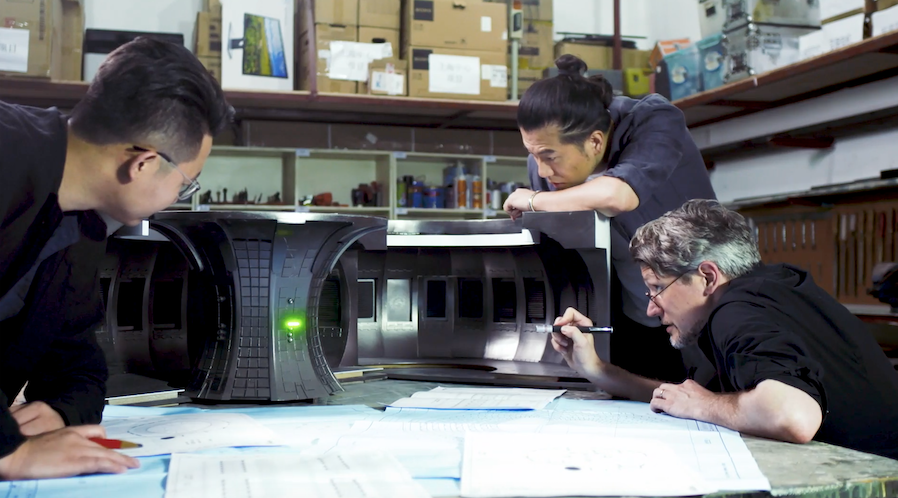
Be the No.1 company in the world in terms of creativity
The funny thing is that I told my father since I was a kid that I wanted to be the number one company in the world. Not number one in size, but number one in creativity. in 2015, I was very skeptical of getting achievements in China just because I had a foreigner's face. To prove that you can succeed anywhere, in 2016 with 80 employees in the company, I went to work as an intern for a company in the US. In just 6 weeks, I presented the program to the Mayor of New York, Obama's Secretary of Culture and Creativity. It seemed like I finally gained a kind of affirmation while mastering the knowledge of "international process" in the exhibition industry.
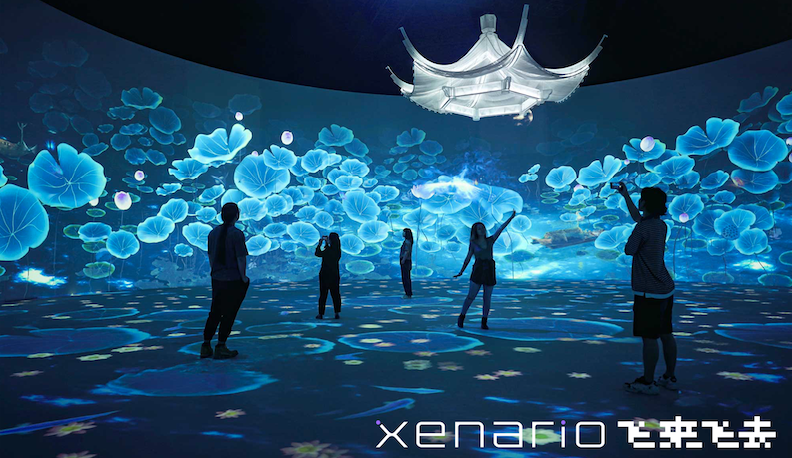
To do creative design requires knowledge, courage, imagination and experience. I usually take a blank A3 paper and write in the upper left corner: what do they want? In the process of answering the questions, we clarify what we are missing, and then we start to research and read the information. In the case of the Shanghai Planetarium, we require designers to be at the level of a high school teacher in order to be qualified to work on a project, to make something clear, and to find the most effective and sensible way to complete a piece.
The design industry is all about reasoning. Every exhibit and space layout makes sense. Every designer and mapping colleague should not use "good" as a criterion for judging when making suggestions. "Good" is never a criterion, but rather "why it's good", without over-explaining.
I used to teach at the China Academy of Art. Once, the principal organized all the teachers to listen to my class. After listening to my class, they were very anxious: Do you call this a class? This is not a class at all! In the class, I first introduced myself and then asked my classmates three questions: Who are you? What do you like to do most? When is the happiest moment? Many students have a hard time answering because what they like to do most is often not done very often. The things that are done often are not on the way to the happiest moment.
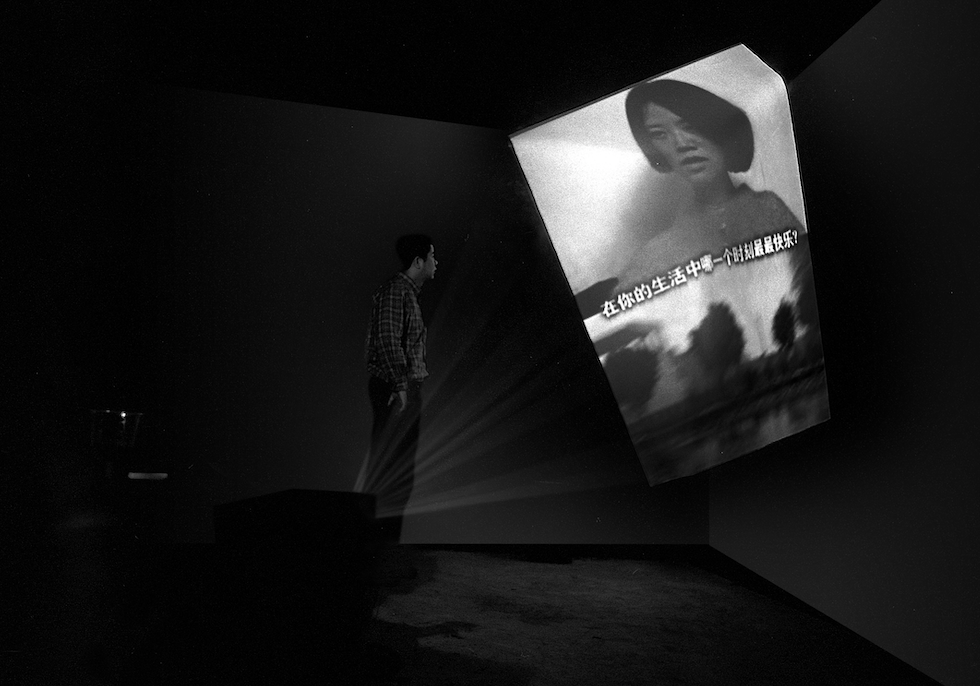
After students write on the board what they like to do the most, immediately afterwards I will ask for a creation around that statement. Whether it's an art installation or a documentary. Once completed, each person would have to do a self introduction. What I ask of them is: no explanation of the work. Don't say what it represents, just tell me what it is. For example, if a table is round, you can't say it represents harmonious cooperation. If others don't think the round table has that meaning, it has no meaning.
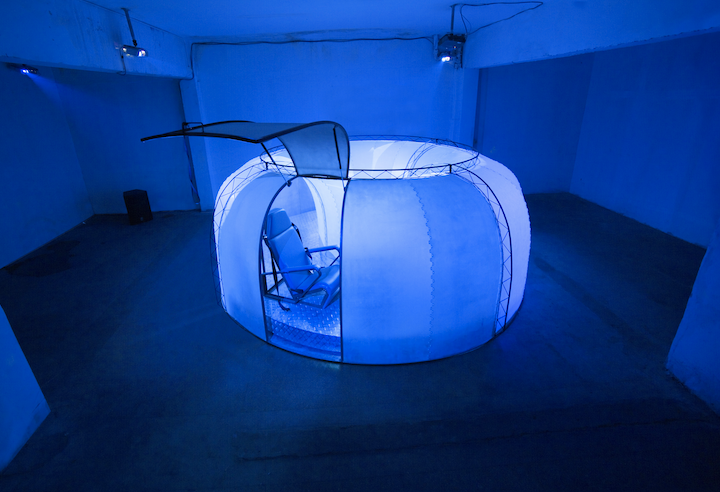
Most of the students were speaking for their own work for the first time, having not been used to this before, and it was a profound experience for everyone. After the presentation, I encouraged the students to ask various questions, not letting the students on stage answer, but letting the students off stage communicate. During this process, I have to keep guiding them to research around the core. Usually the students on stage are particularly anxious and keep explaining that it's not what they understand. Whatever you think it is, the conversation they have, it represents how the audience sees your work. That's usually my response. A scientist once said that once you start explaining, you fail. If a work is not immediately obvious, having to rely on explanation to make up for the work's flaws is likely to mean that the audience does not feel its value or reasoning.
Many companies have process-based training methods that allow you to solve creative problems most quickly. And each of our departments has different training goals and methods. For the creative department, the most important thing is two ways: asking questions and drawing hand drawings. By asking questions, we get all the planning colleagues to participate in the preliminary research, and in the communication session, we try to get them to talk about the matter by all means. And then hand-drawn, until you can slowly distill the core out. Many interviewees told me that he could do the entire exhibit rendering in one day. We don't care about speed, but more about your understanding of the content of the exhibit and the client's needs, and the combination of story, space, media, and interactive methods you want to convey.
Confidence in local Chinese design: no faking, no repeating, no copying
When we created the Shanghai Planetarium, we also asked three questions: Where are we? Where do we come from? Where are we going? It took us 10 years to answer these three questions, and the specific process was torturous for humanity. When we won the bid for the Shanghai Planetarium, the whole company was crying. In the bidding of the exhibition industry, we do not fake, repeat or copy. We refuse to do unreasonable business work, and do not do tampering in the design process to reduce the cost of the company, such as the secondary use of the program, the design process of falsification led to the late implementation. This leads to our input degree is 10 times or 20 times of others. It is so hard that many new employees cannot understand.
If we take 45 days to prepare for a bid, we spend almost all of the first three weeks sketching and discussing, not rushing to make renderings. Instead, we study the content first and comprehend the client's needs. The sketches are used to sort out the story line and create a customized and innovative solution. Whenever we participate in a bid, we are frustrated for three weeks if we lose, and only excited for five seconds if we win. Immediately afterwards, we get involved in the preparation of the construction on the ground. The greatest pride is often the extremely high degree of reproduction of sketches and final construction drawings, which is required of every employee. In the early years, international projects were often more likely to be undertaken by foreign design firms. When doing the international call for bids for the Shanghai Planetarium, a foreign firm also got the first place. However, after the bidding officially started, we defied the odds. Through rounds of hard work and investment, we won the project. We worked very hard to change the prejudice of people who questioned whether domestic companies are capable of undertaking important projects. Although I am a foreigner, this is an achievement of a Chinese team and a recognition of local creativity. I hope this is a signal for domestic designers to build up their confidence. In the future, you don't need to run abroad, you can still do such things in China.
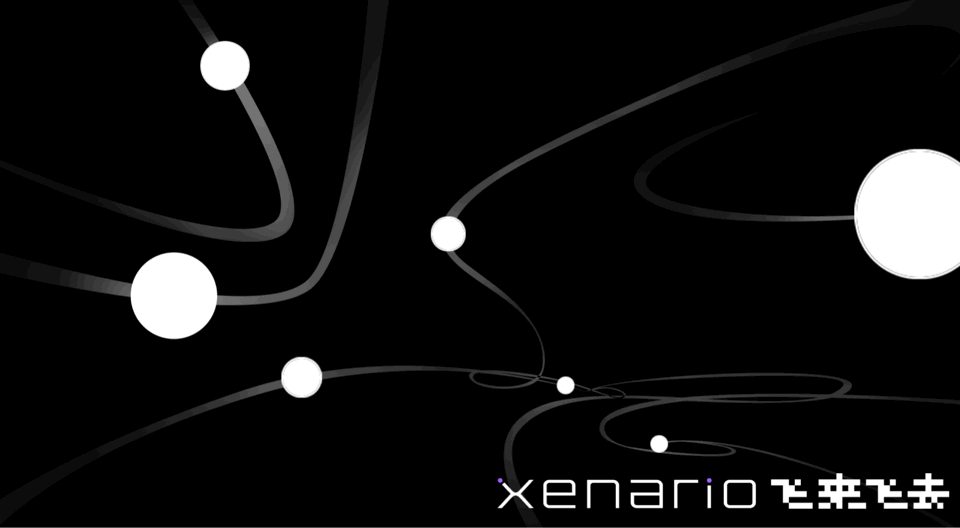
Not avoiding conflicts with the party A
The success of the Shanghai Planetarium lies in two things. There is a beautiful story line that composes the 640 exhibits into a philosophical experience: Where are we? Where did we come from? Where are we going?
We created three immersive experiences that look at the Earth. Looking at the Earth from the perspective of home, then the Big Bang, and leaving the Earth to walk into the depths of the universe. The exhibit invites people to think about the above three questions. The entire viewing process is not at all an educational general display. From content research, interactive planning, material application, etc. alone, it took two years of busy work with no weekends and no holidays. We used the international standardized design process we had sorted out over the past 16 years and the requirements of the Shanghai Planetarium to integrate it into a KPI system. When to listen to the opinions of the party A, when to deliver the milestones...all the processes were clearly sorted out. This does not mean losing the creative space, but laying the foundation for it. It's like a dance competition, how can you dance when the floor is potholed?
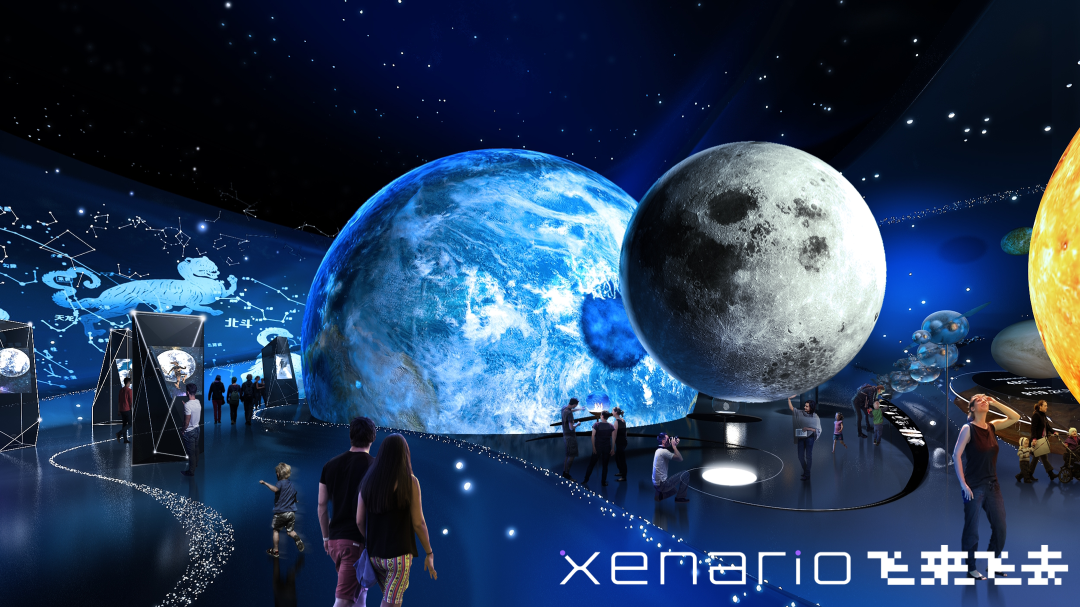
For example, we build a house, must be the party A is satisfied with the base, and then build the next layer. Many people do not want to let the party A to raise their opinions, in order to avoid quarrels, the base is not yet played, it is a breath to do three floors. If he suddenly comments on the first floor. What to do? Don't delay until you can't fix the conflict and then think about developing a process. It is important to solve the right problem at the right time.
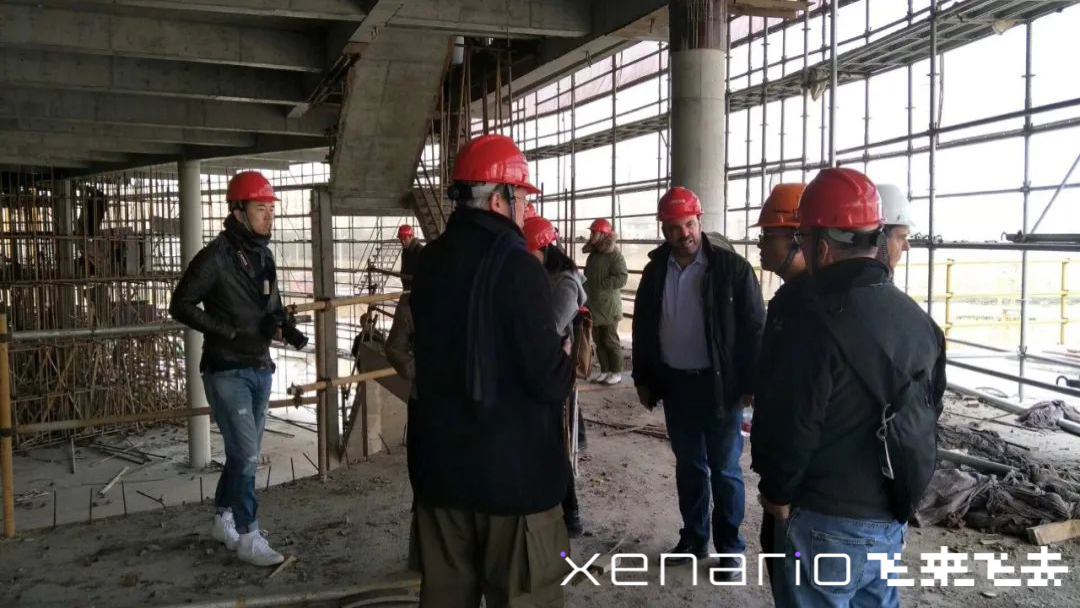
We go through the four steps of concept design, optimization design, deepening design and production design, and at each step, we bring the needs of the party and our ideas together. A good project, after bidding, must go through three rounds of design links before construction can begin. This is also a blind spot in the industry. The reason for the quality problems and cost wastage of early exhibitions is that the design is not done in detail. There can be arguments, but they have to be solved through the process before they are unpleasant. If you want to ask how to avoid conflict with the A party? Repeated revisions? Infinite workload? Never avoid. That's the way it should be. Like lovers and couples, they love each other, but they still have to fight. Party A, as someone who doesn't know how to exhibit or how to have a baby, needs experienced doctors and nurses around. They are qualified to give advice until the end. Although we work very hard, we will do it until the party A is satisfied. Only then will we start the next part.
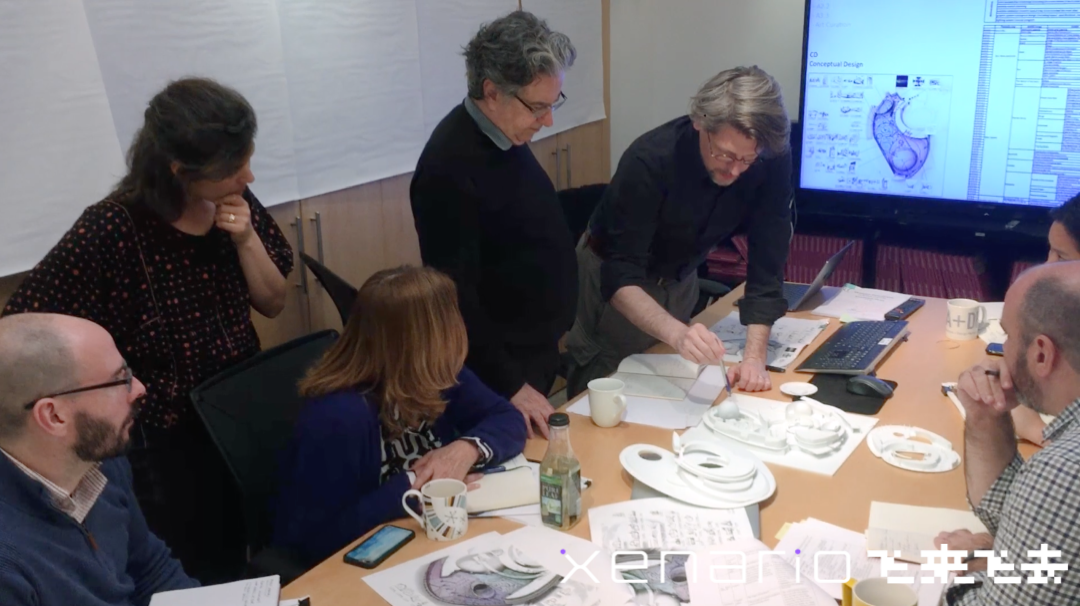
Isn't Confucius the biggest process builder in China? Everything has to set the rules. And the specification we sort out is non-stop iterative optimization, so that both sides are happy to create a good work with controllable quality, time and cost together. I also want to create the best way of working for the exhibition industry and organize it into a workable template. I hope that departing employees will also bring it to other companies and slowly create a new standard for the industry.
Humans are a beautiful grain of dust
The most exciting thing would be seeing the audience walk into the exhibition hall for the first time.I often walk around the Shanghai Astronomy Museum, listening to parents explain to their children, sometimes would be tempted to go over to correct, but also often lamented that it should also be designed a little better. Then I found that the astronomy museum, a child, was no longer with me and out in the world.
After 10 years of studying astronomy, I really want to say to break the superstition. Our existence is just an extremely coincidental thing. In the universe, we are insignificant. Just a beautiful speck of dust, yet very important. Because we are the only ones who can say the word beautiful. Without humans, the universe would still exist. But if no one understands and watches the universe, no one proves that the universe exists.
The universe is infinite, and my mind can't even surpass the speed of its expansion to reach the boundaries. From the cleanest state of the Big Bang to the current chaos and disorder. I often think that humans are destroying the universe. I often ask myself on my way to work, can the energy I consume today be equal to the value I contribute to create and the happiness I feel? This is something we have to think about when we do exhibition design. The farther you look, the closer you are to the essence. Facing what is happening in the macro perspective, it can only be interpreted with the most micro perspective. At present, astronomy and science are facing a state of crisis, technology is developing rapidly, but science has not really progressed in 100 years. What we currently know is still what scientists worked out 100 years ago.
There may be another "Einstein" or "Newton" in our lives. Let us understand: where we are, where we came from, and where we are going. I hope that young people will be inspired by this. Whether it's astronomy or nursing...you can change the world and create something worthwhile through hard work and passion. Because the passion and spirit of exploration of human beings from ancient times to the present is unique, inextinguishable and exceptionally beautiful.
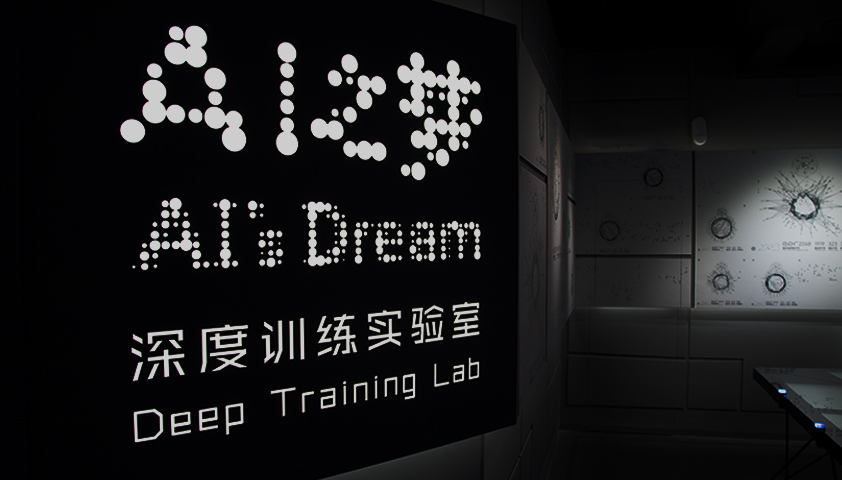 2025.1.21
2025.1.21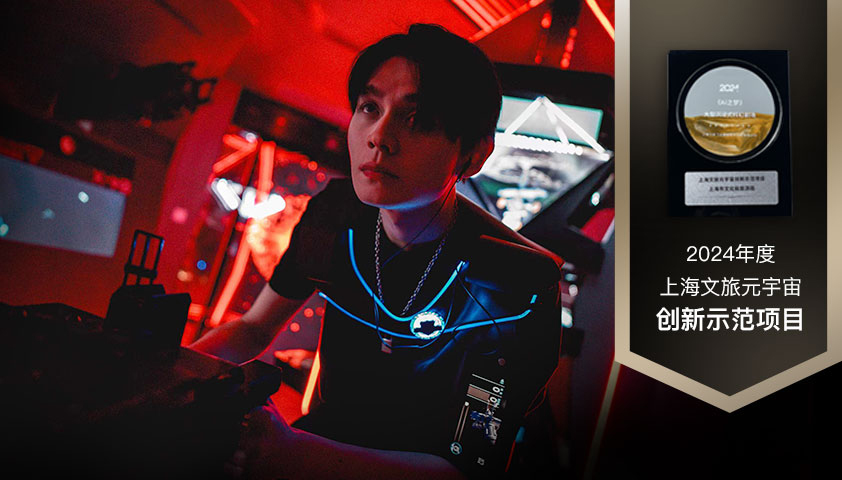 2024.11.22
2024.11.22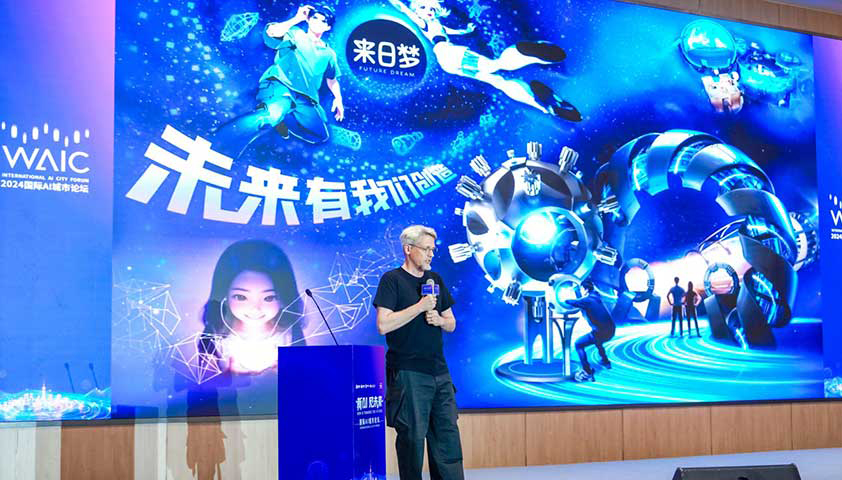 2024.7.13
2024.7.13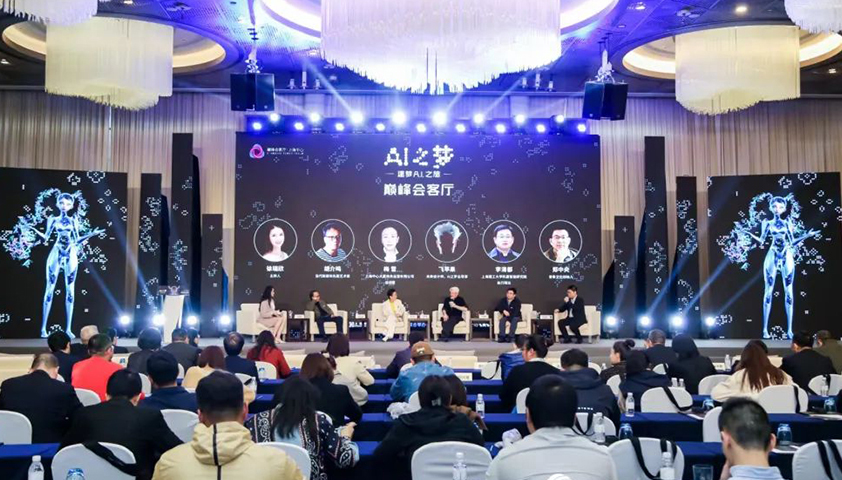 2024.4.12
2024.4.12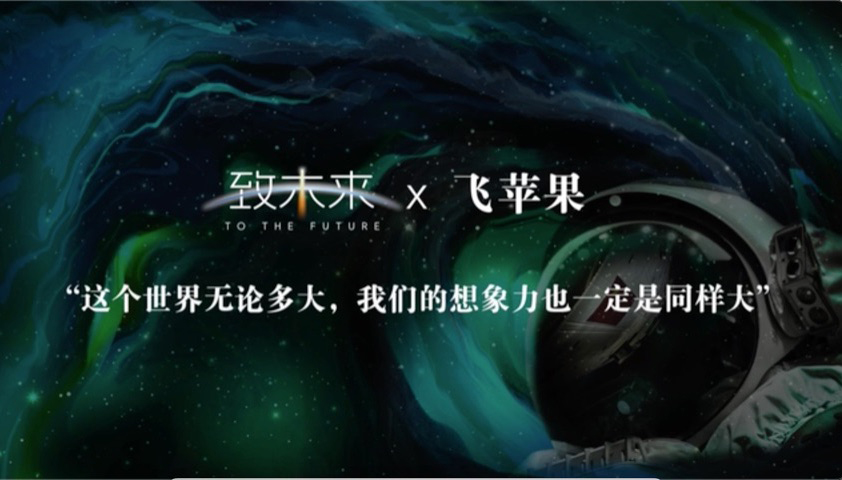 2024.1.4
2024.1.4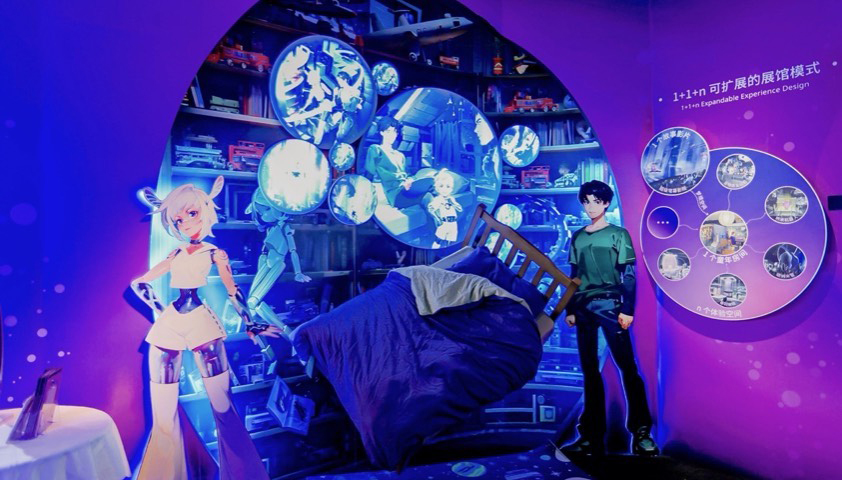 2023.11.7
2023.11.7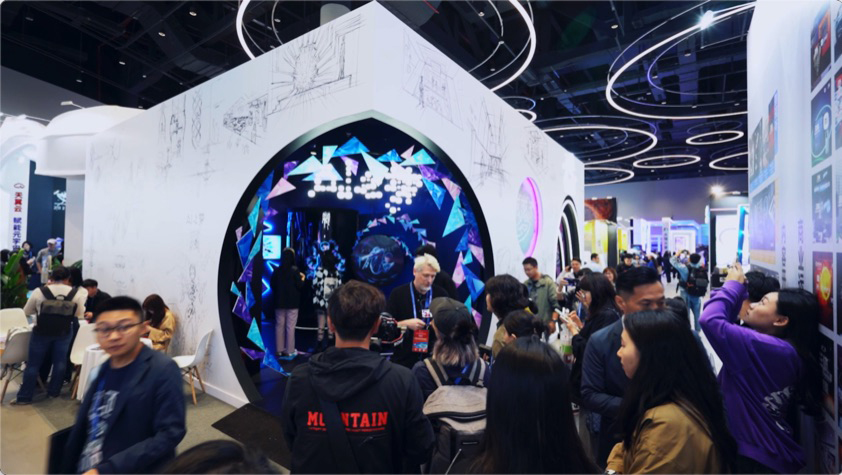 2023.10.21
2023.10.21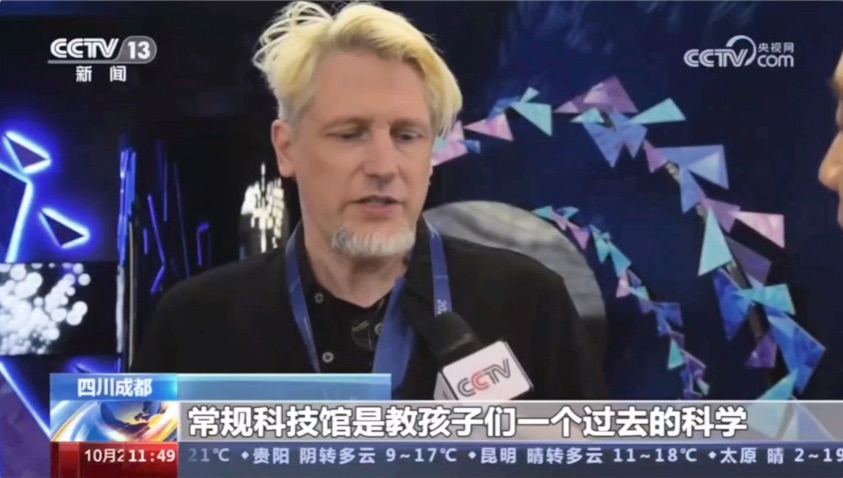 2023.10.23
2023.10.23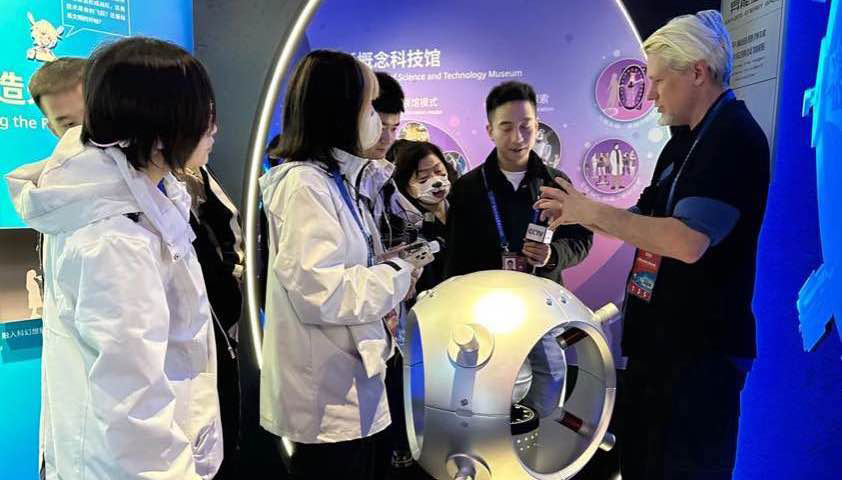 2023.10.19
2023.10.19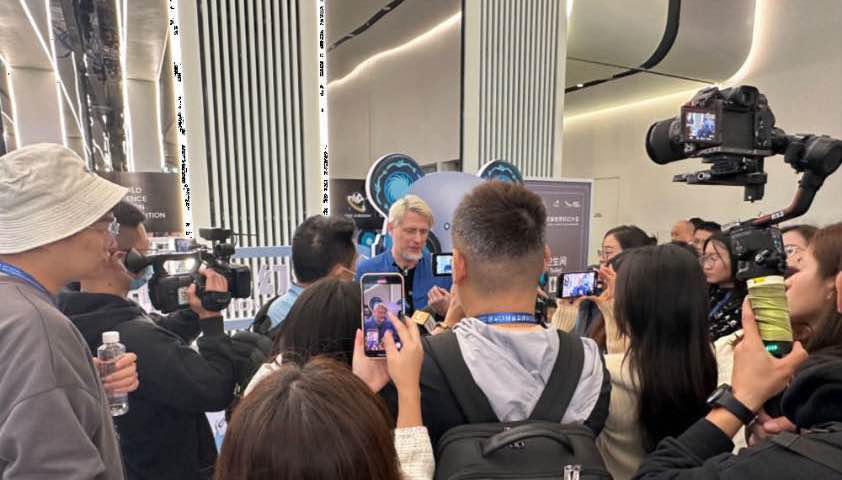 2023.10.18
2023.10.18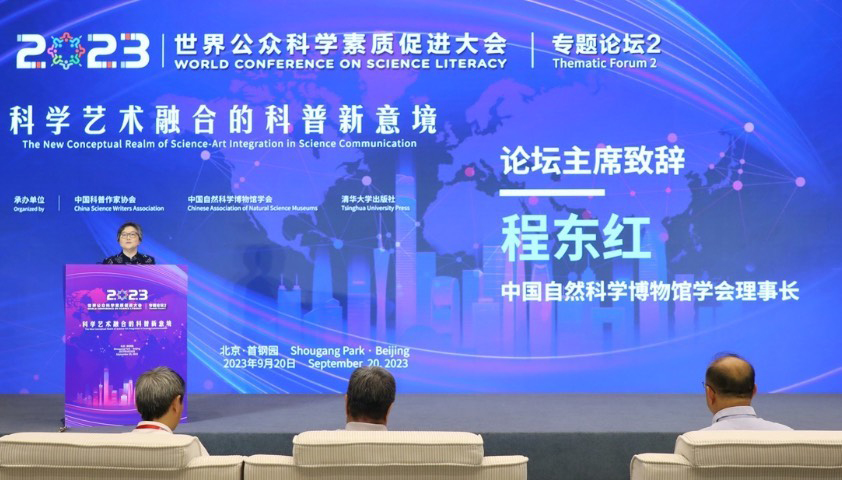 2023.9.22
2023.9.22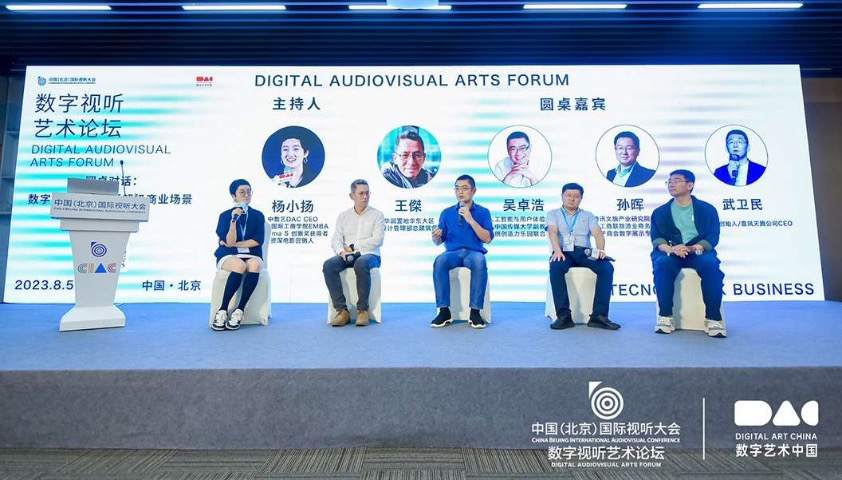 2023.8.8
2023.8.8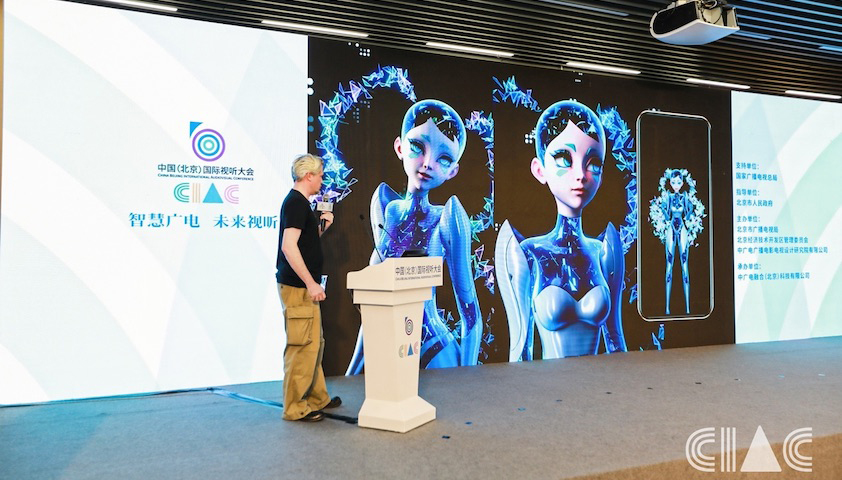 2023.08.04
2023.08.04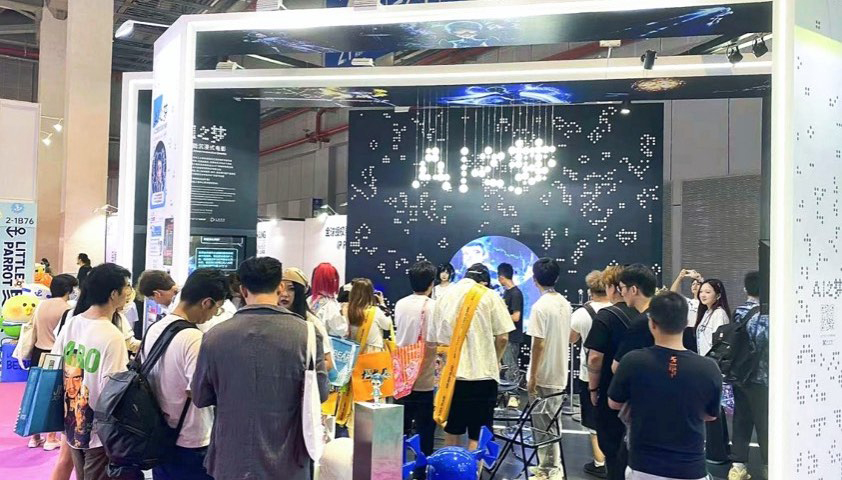 2023.6.30
2023.6.30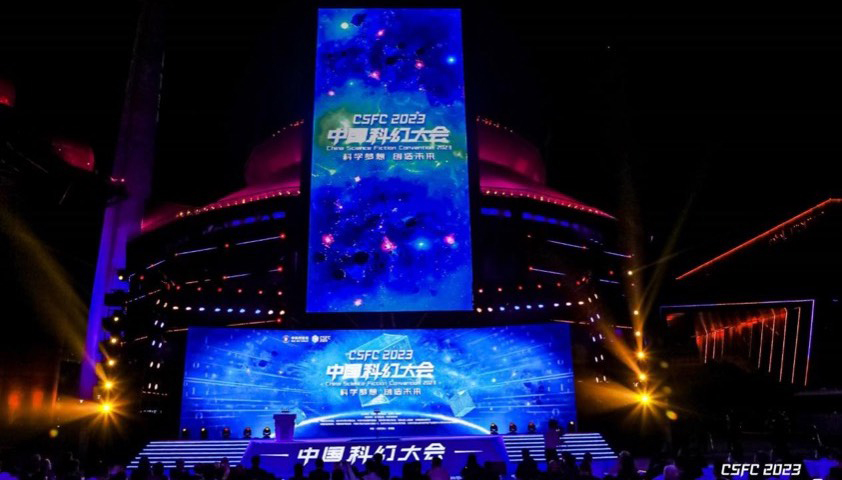 2023.05.30
2023.05.30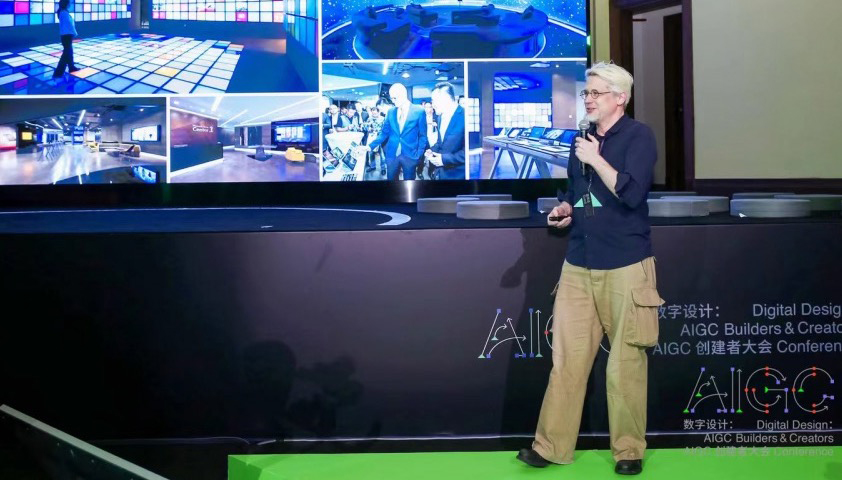 2023.05.07
2023.05.07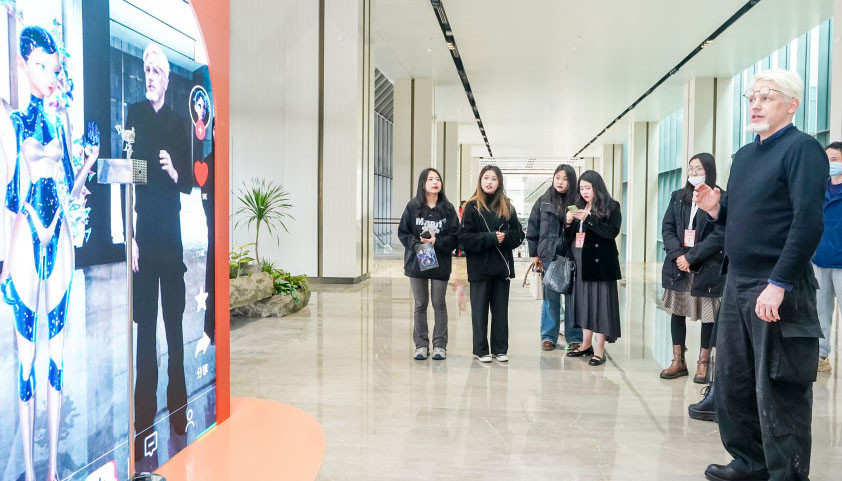 2023.4.03
2023.4.03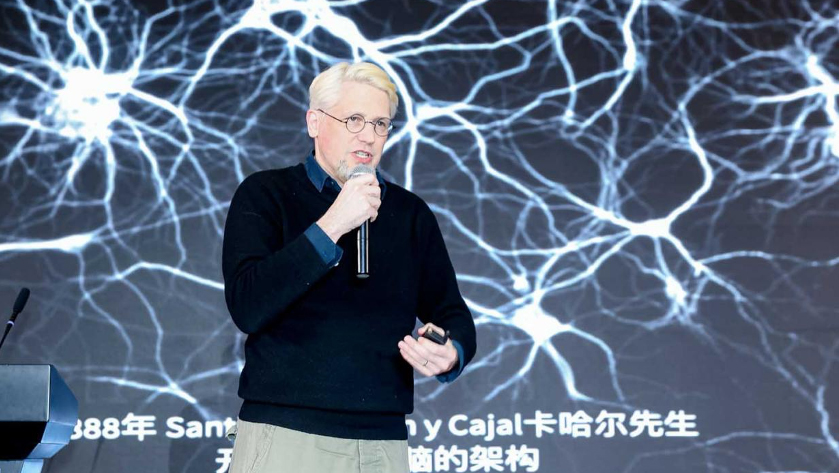 2023.3.7
2023.3.7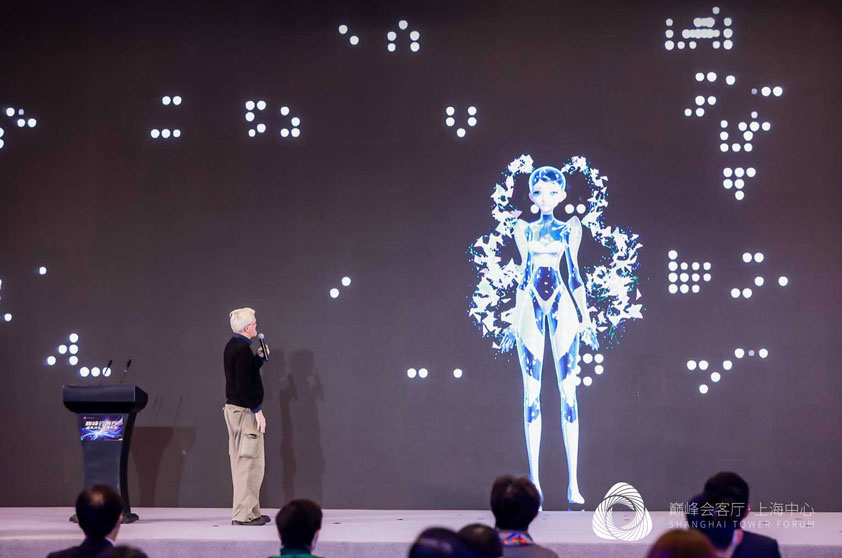 2022.12.16
2022.12.16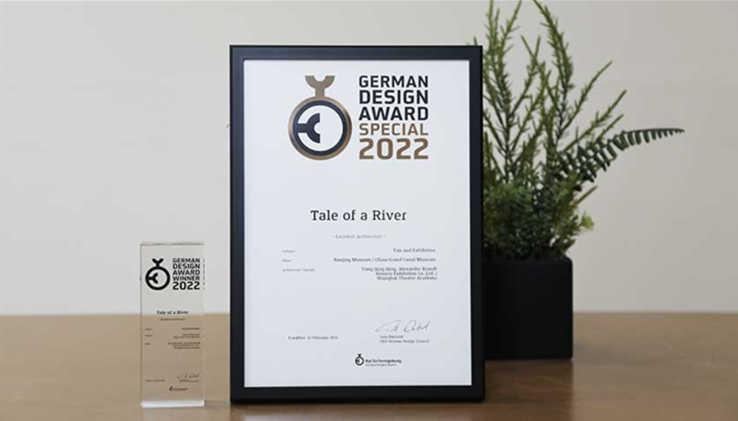 2022.7.1
2022.7.1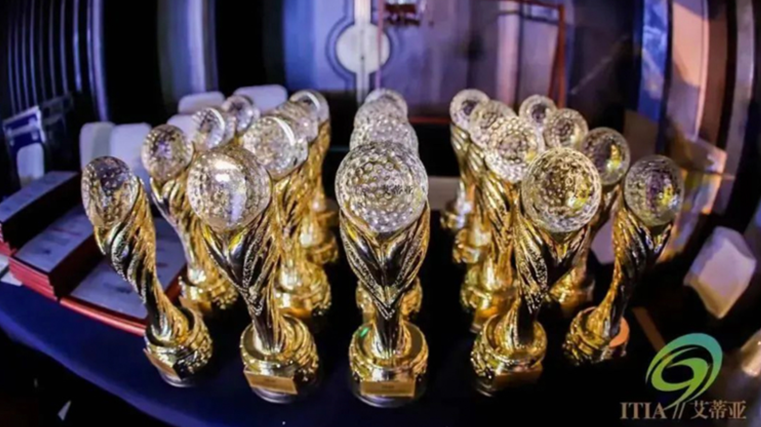 2022.5.16
2022.5.16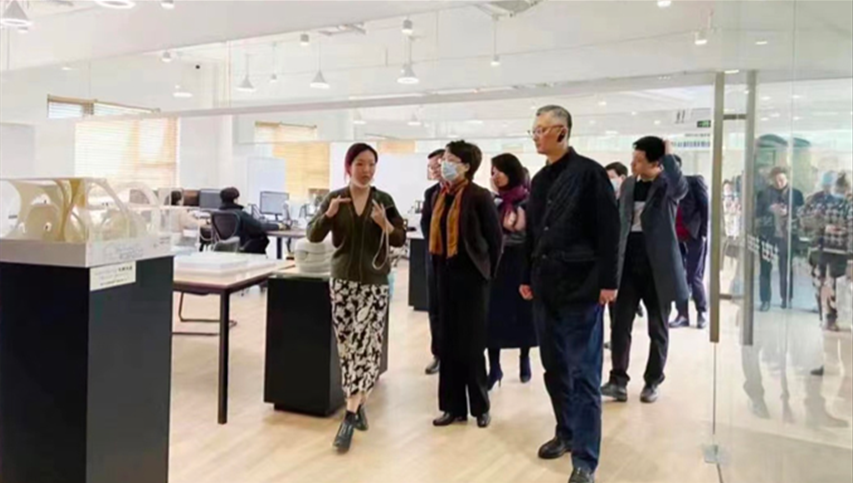 2022.3.2
2022.3.2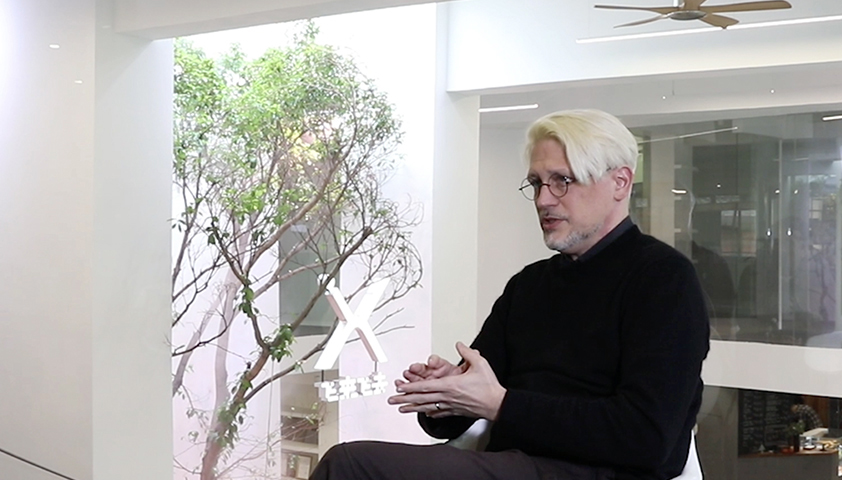 2022.2.25
2022.2.25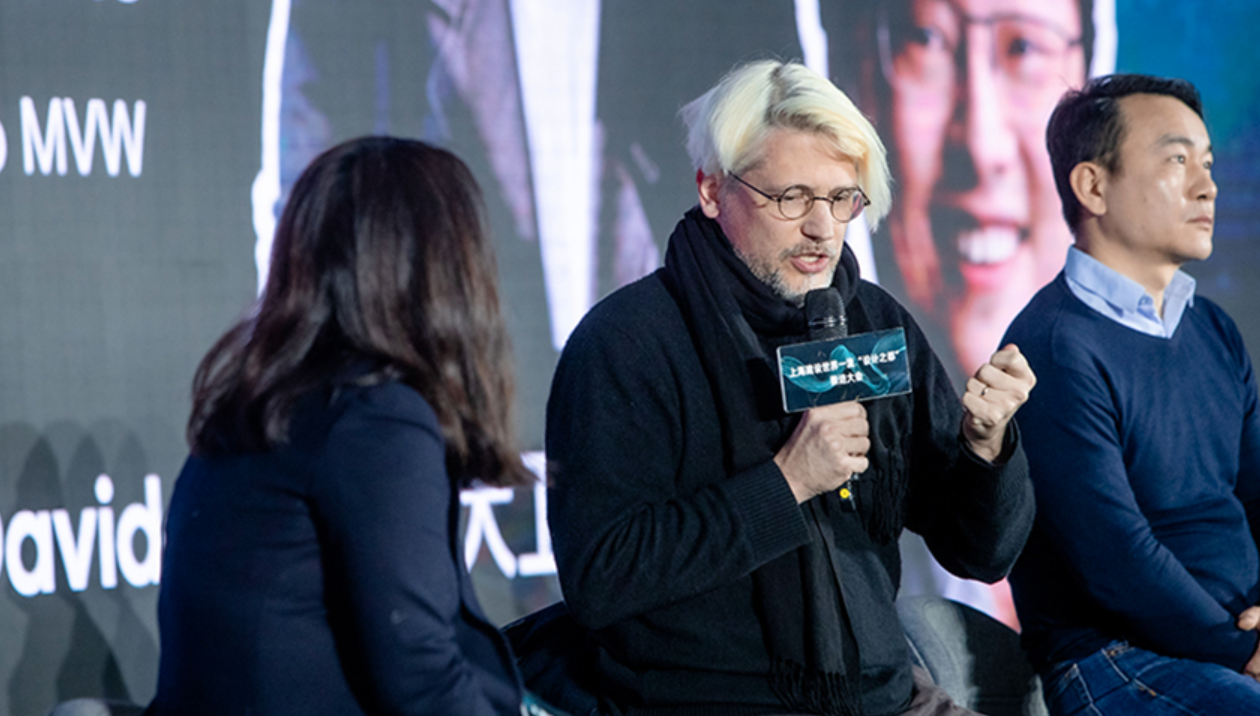 2022.2.17
2022.2.17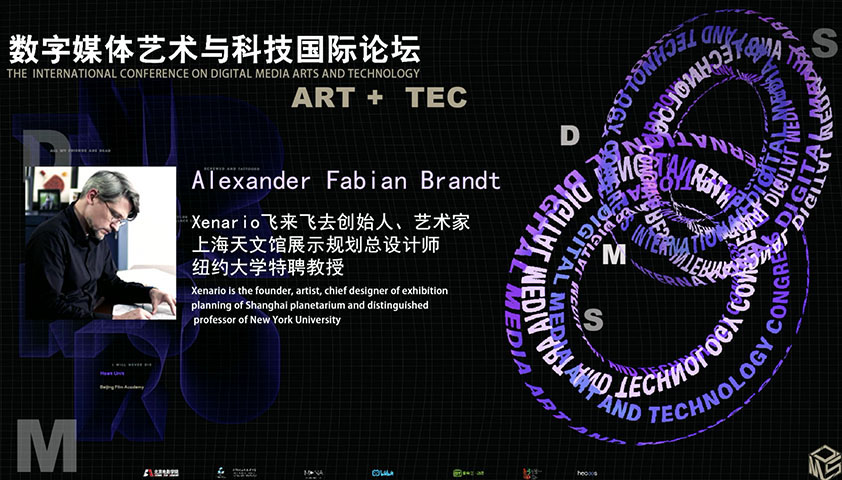 2021.12.19
2021.12.19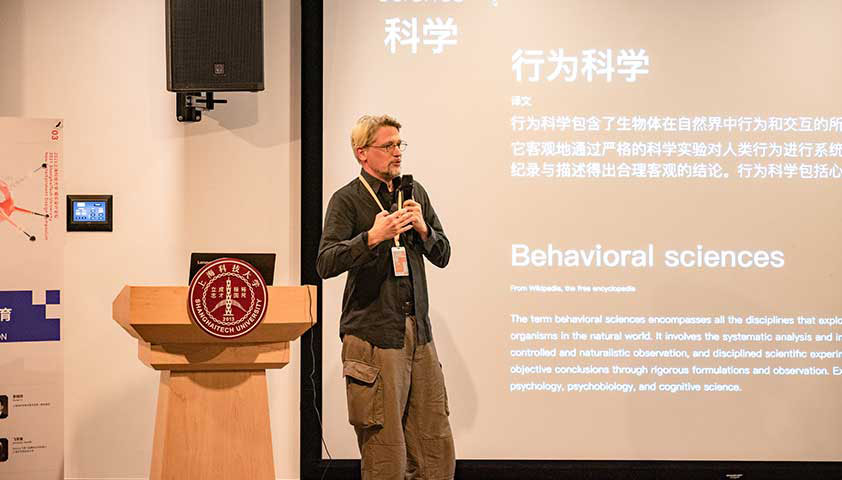 2021.11.13
2021.11.13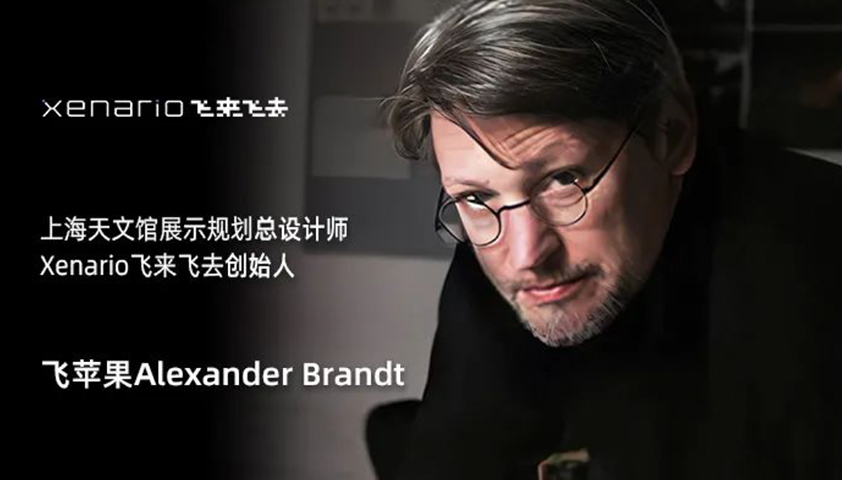 2021.12.4
2021.12.4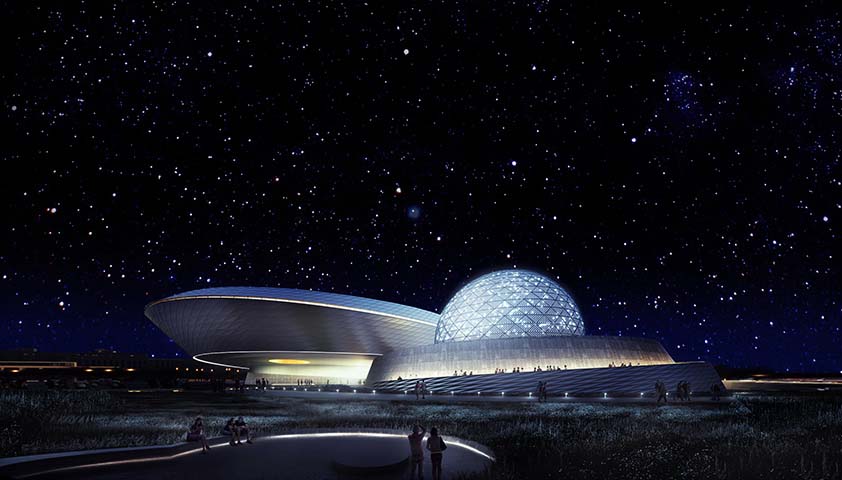 2021.10.23
2021.10.23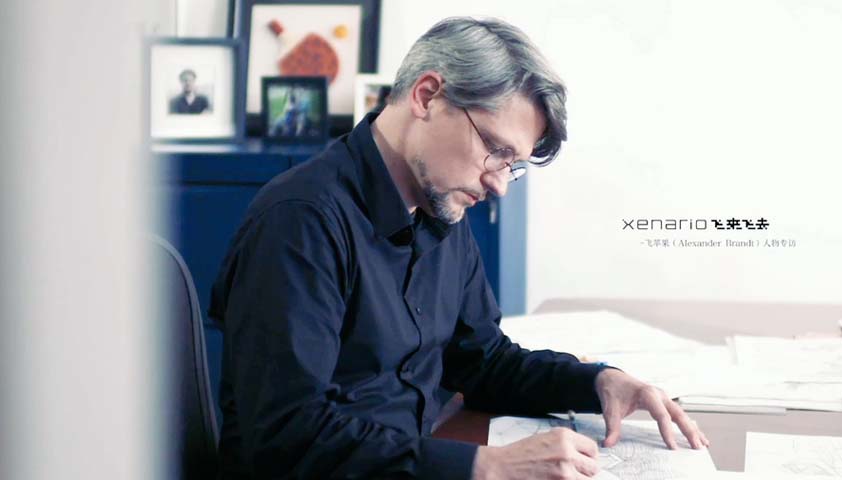 2021.10.18
2021.10.18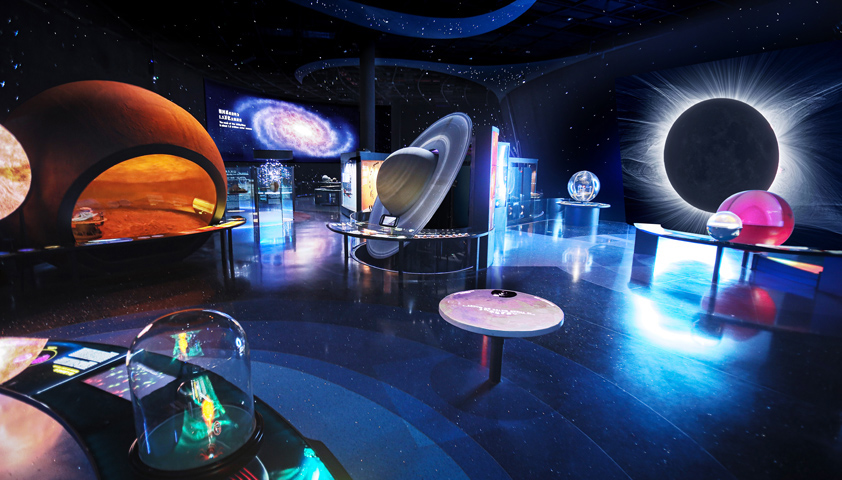 2021.7.17
2021.7.17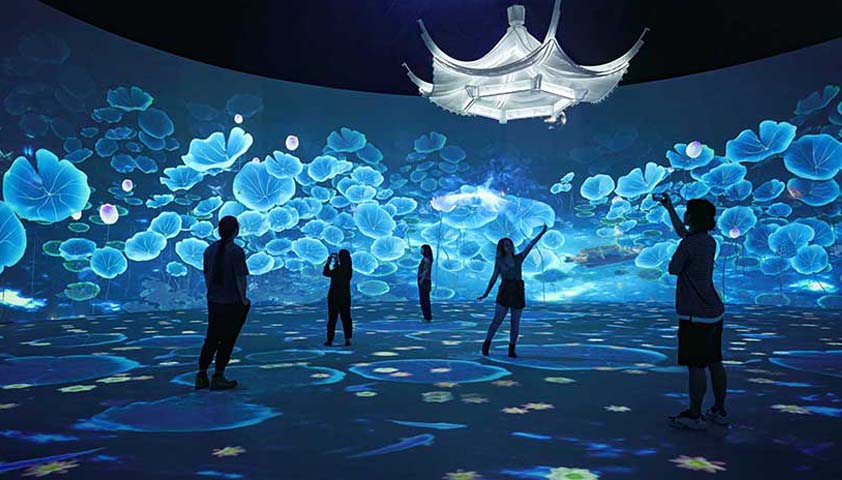 2021.6.16
2021.6.16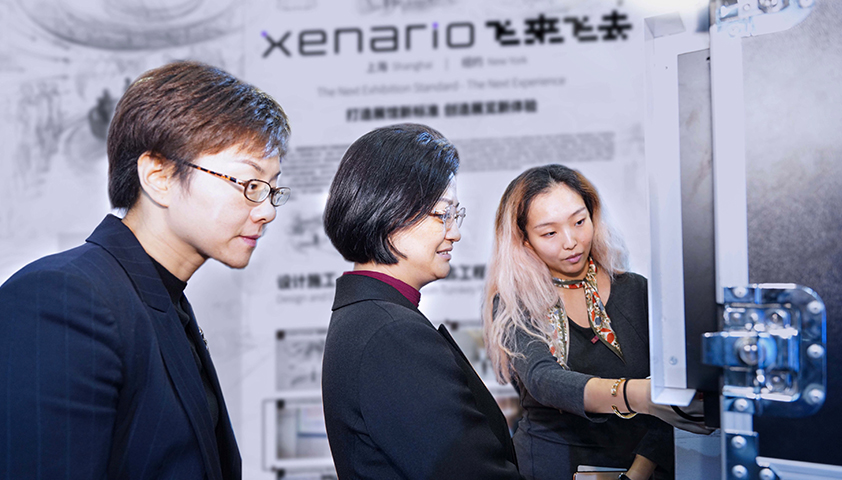 2020.11.19
2020.11.19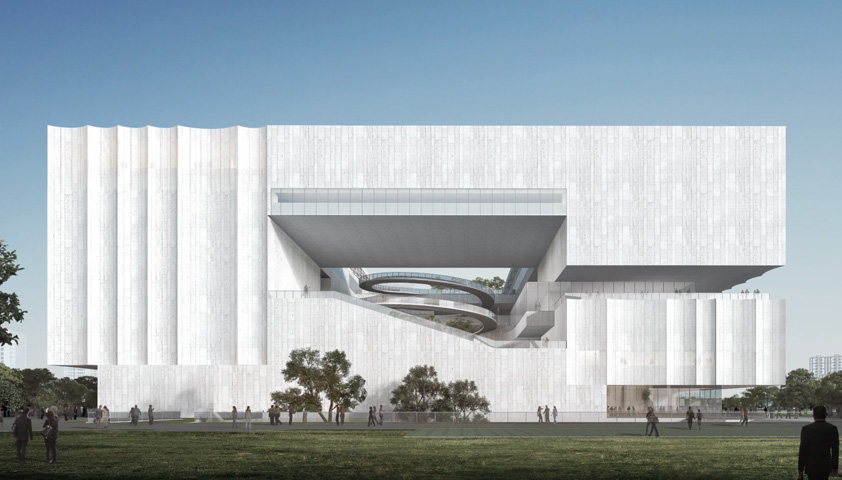 2020.8.31
2020.8.31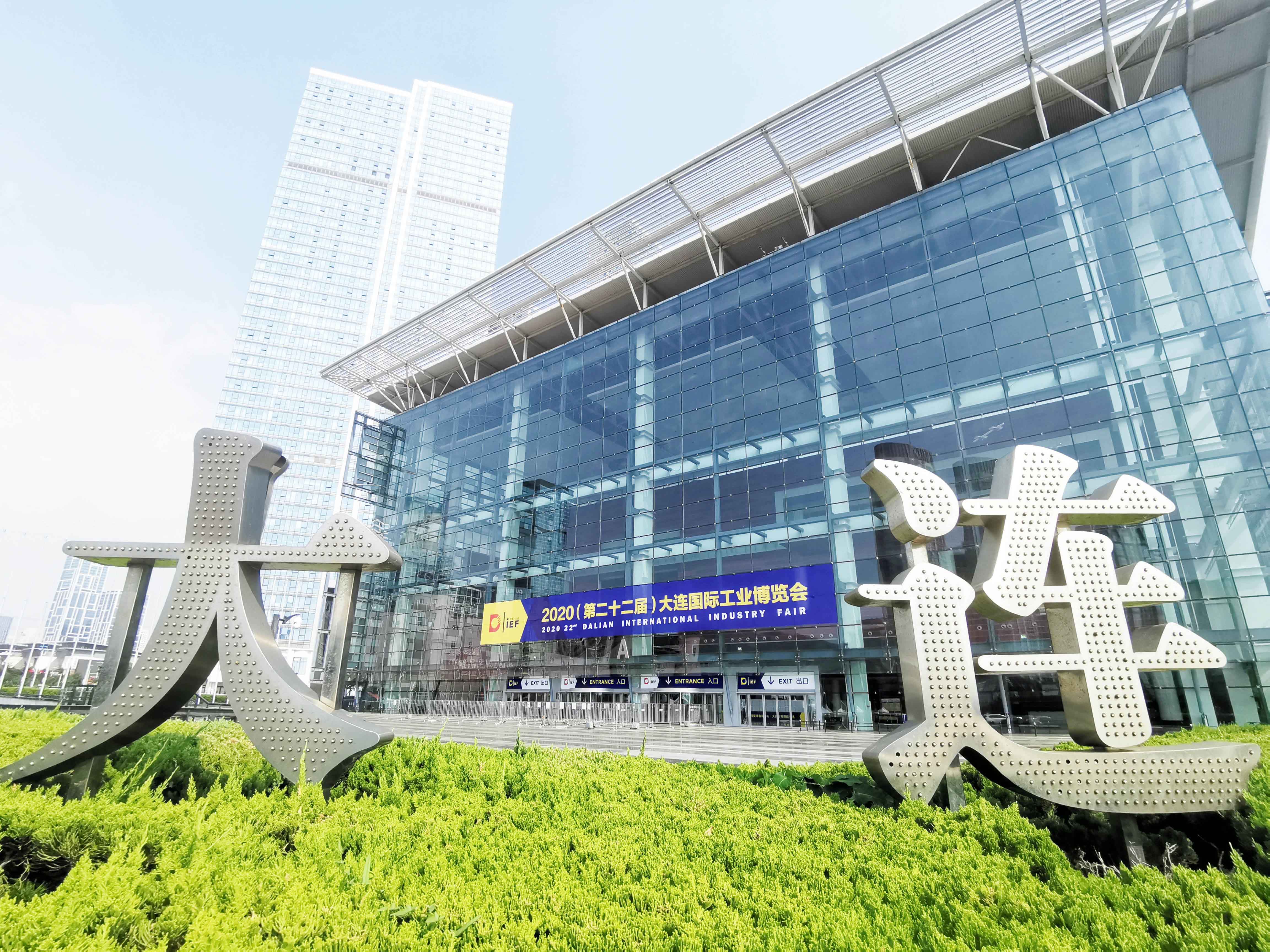 2020.10.10
2020.10.10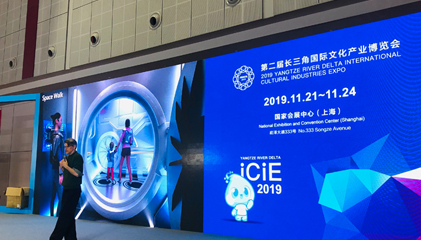 2019.11.21
2019.11.21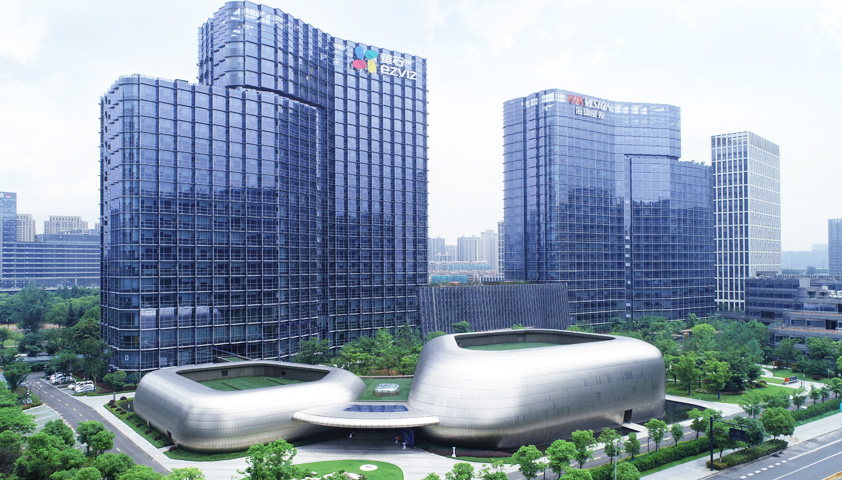 2020.5.16
2020.5.16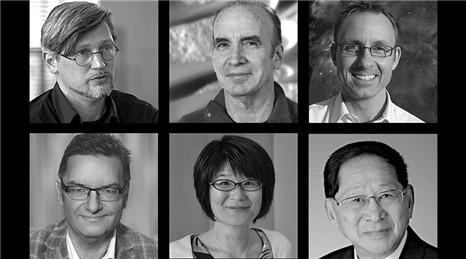 2018. 12. 22
2018. 12. 22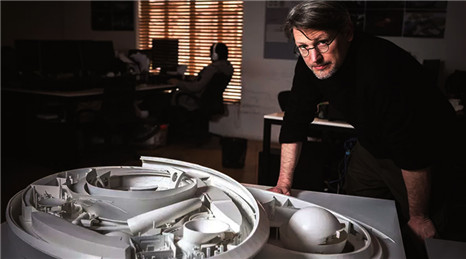 2019. 5. 28
2019. 5. 28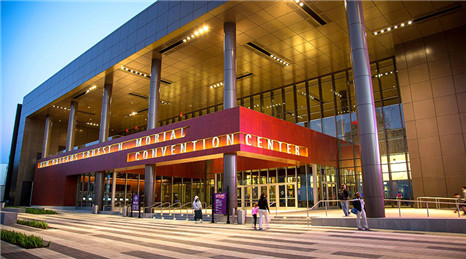 2019. 5. 20
2019. 5. 20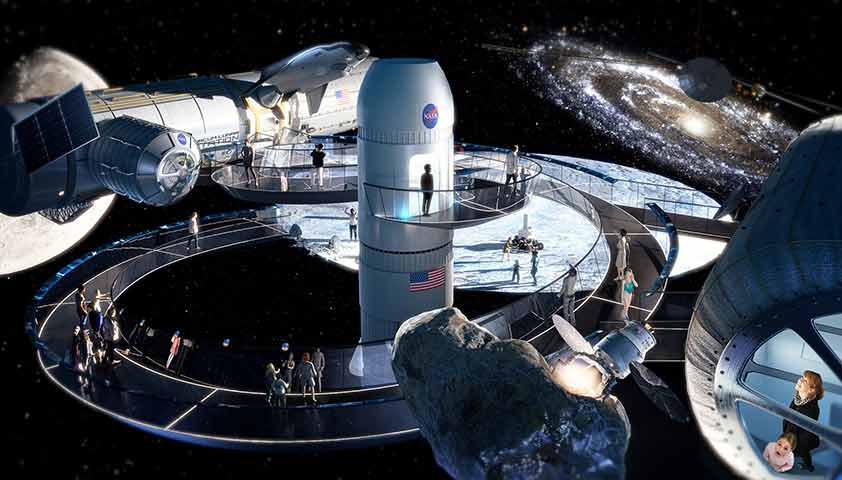 2018 . 12 . 13
2018 . 12 . 13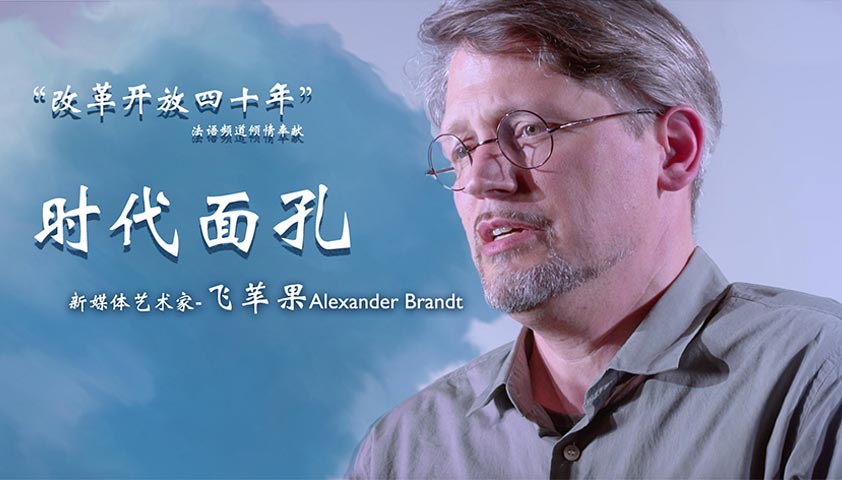 2018 . 11 . 28
2018 . 11 . 28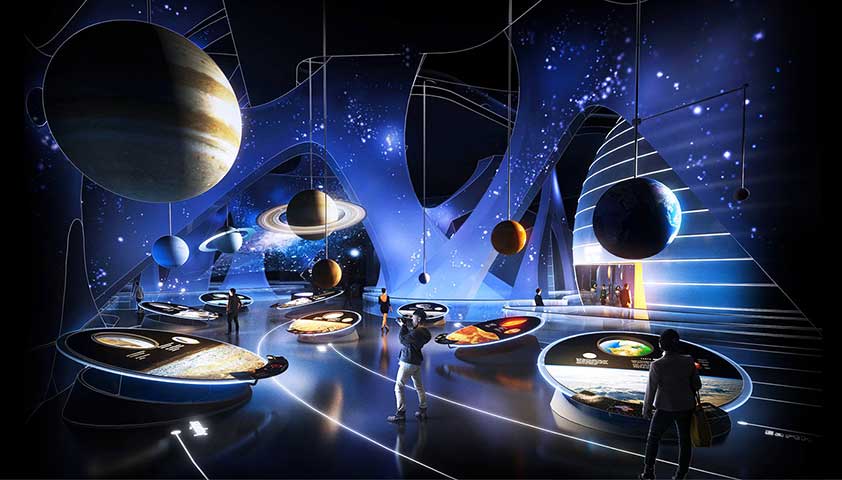 2018 . 9 . 20
2018 . 9 . 20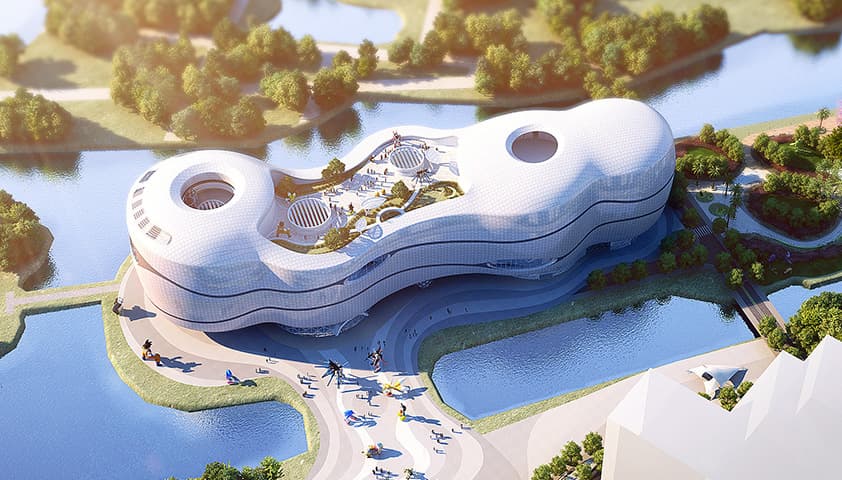 2018 . 06 . 10
2018 . 06 . 10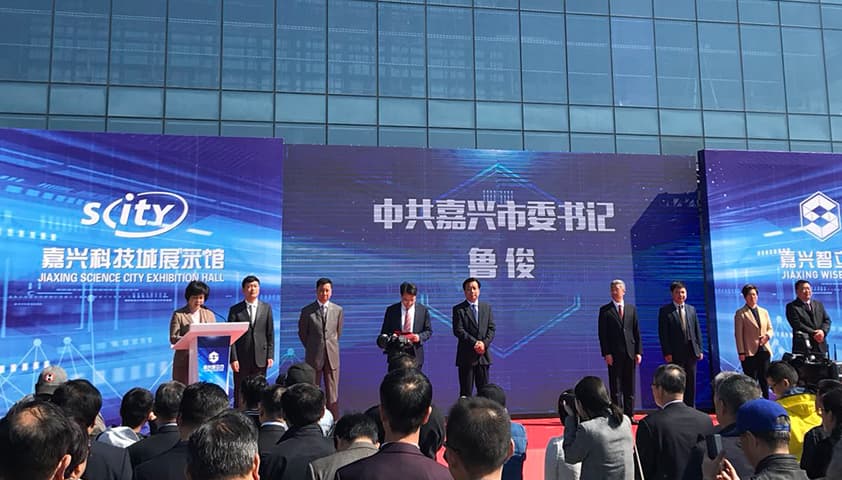 2018 . 04 . 08
2018 . 04 . 08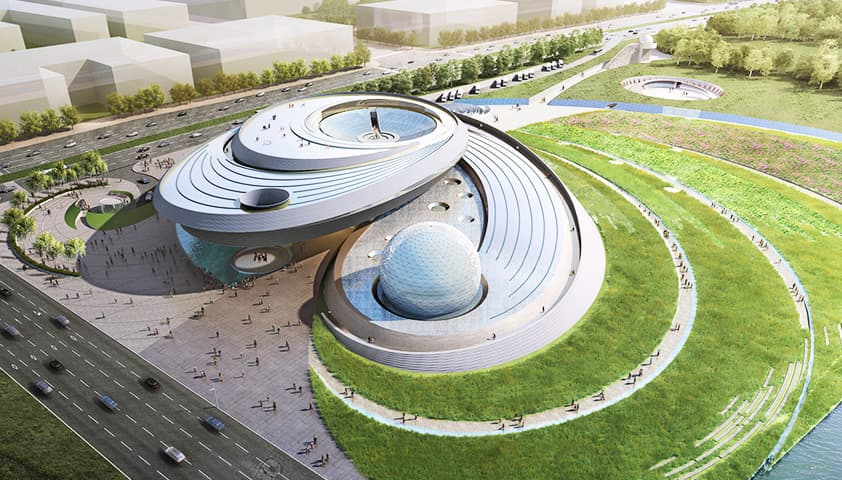 2017 . 10 . 20
2017 . 10 . 20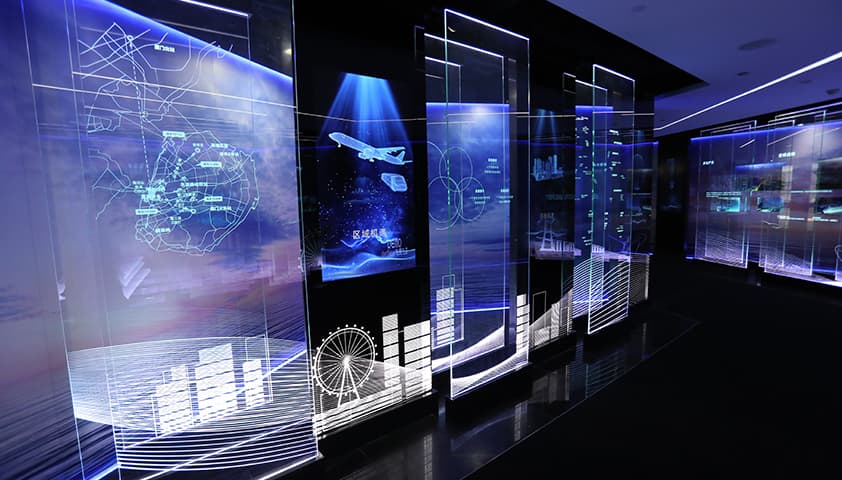 2017 . 09 . 30
2017 . 09 . 30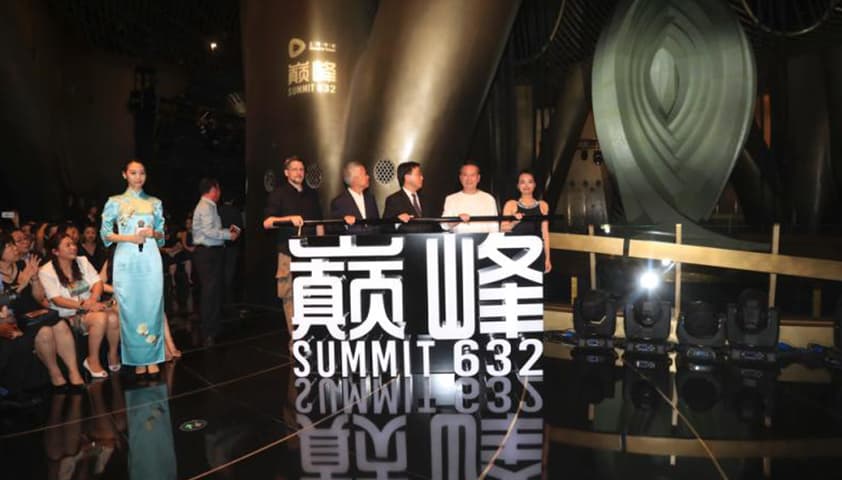 2017 . 08 . 29
2017 . 08 . 29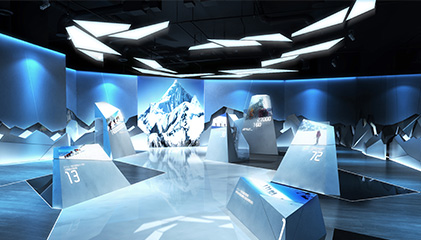 2016 . 05 . 31
2016 . 05 . 31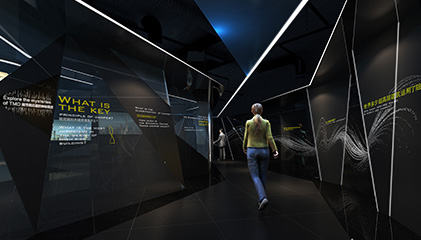 2016 . 03 . 20
2016 . 03 . 20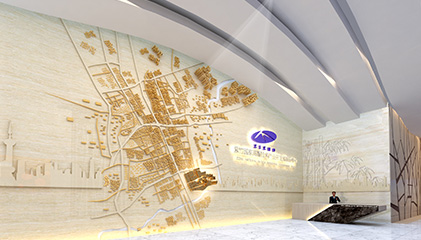 2015 . 11 . 12
2015 . 11 . 12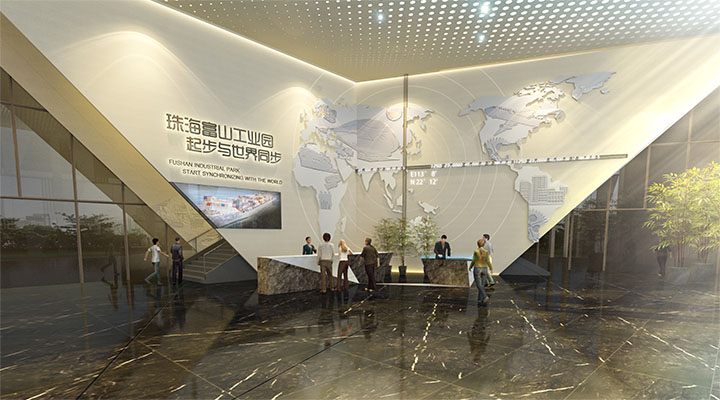 2015 . 09 . 25
2015 . 09 . 25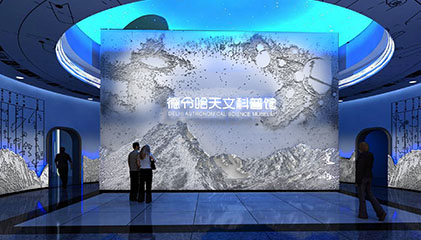 2015 . 03 . 15
2015 . 03 . 15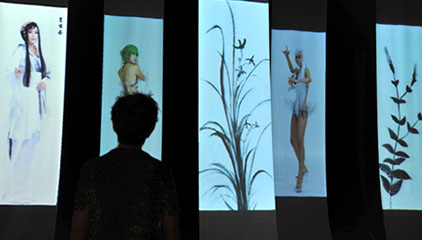 2011 . 05 . 22
2011 . 05 . 22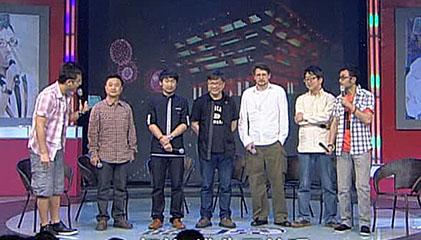 2011 . 04 . 12
2011 . 04 . 12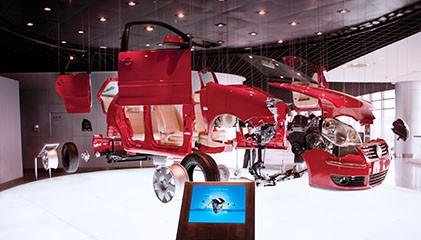 2010 . 05 . 22
2010 . 05 . 22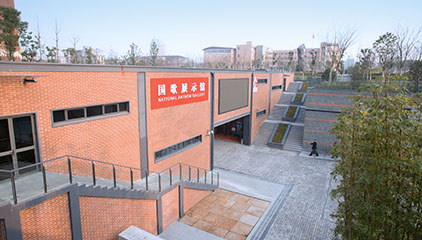 2009 . 10 . 11
2009 . 10 . 11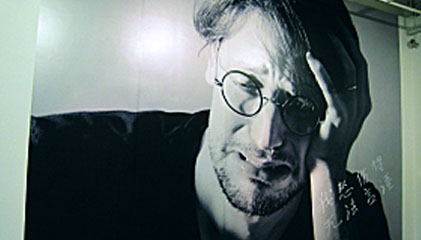 2009 . 07 . 25
2009 . 07 . 25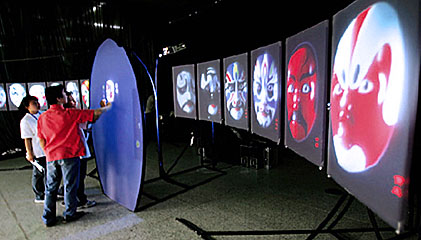 2007 . 05 . 09
2007 . 05 . 09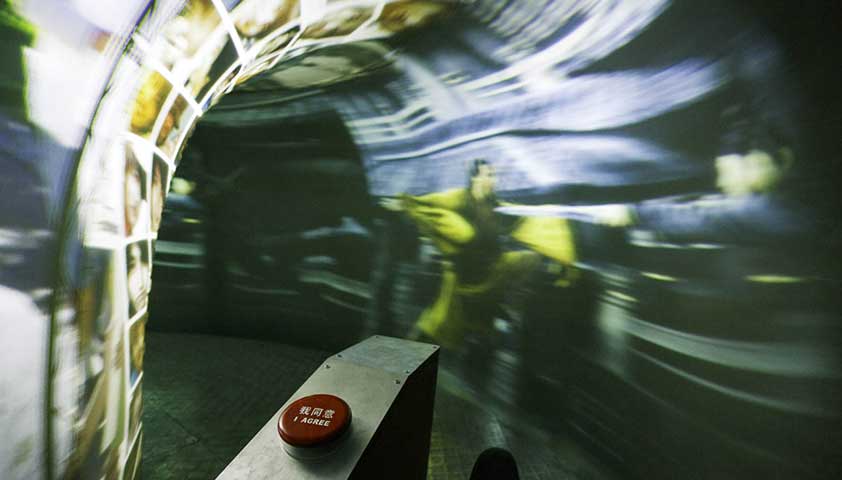 2007 . 03 . 28
2007 . 03 . 28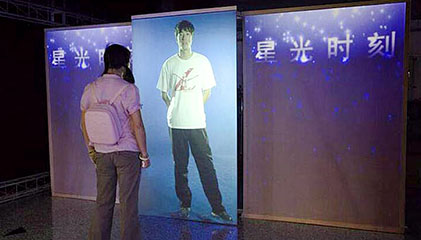 2006 . 05 . 28
2006 . 05 . 28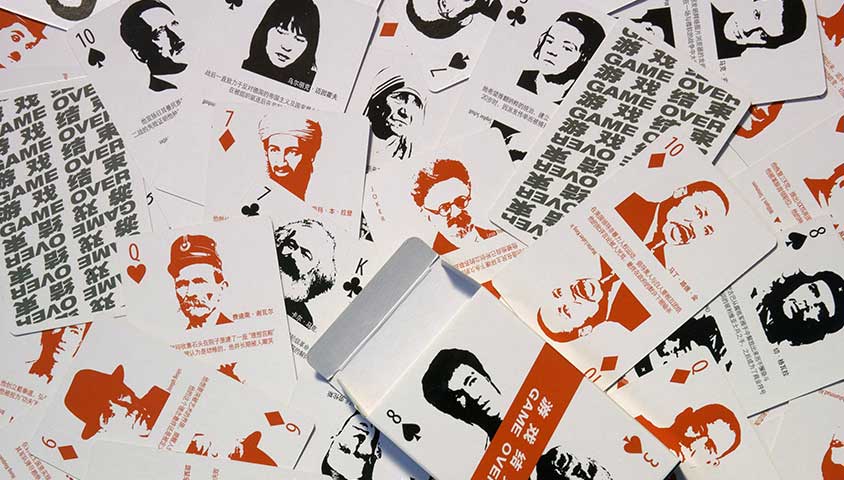 2006 . 05 . 20
2006 . 05 . 20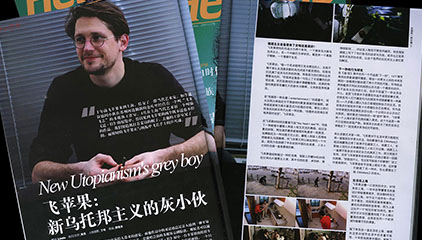 2005 . 10 . 19
2005 . 10 . 19





